In the early decades of the 20th century, higher education in New York City was a landscape of grand new campuses and diverse student bodies. The city’s colleges and universities were expanding rapidly, moving to new locations and defining their unique roles, from serving the city’s elite to providing a free education for the children of immigrants.
Columbia University was solidifying its status as one of the nation’s most prestigious private institutions. Having recently moved in 1897 from its midtown location to a sprawling new campus in Morningside Heights, its grounds were designed to be a monumental academic city. The campus, planned by the architectural firm McKim, Mead & White, was centered around the magnificent Low Memorial Library, with its grand rotunda and sweeping stone steps. Columbia College, the undergraduate school, catered primarily to the sons of wealthy families, who often lived on campus and participated in a vibrant fraternity scene.
New York University (NYU) had a dual identity during this period. The undergraduate College of Arts and Science was located on a spacious, traditional campus in the University Heights section of the Bronx. This campus was famous for its outdoor colonnade known as the Hall of Fame for Great Americans. NYU’s professional schools, including its prominent Law School and School of Commerce, remained downtown in Greenwich Village, serving students who worked in the city’s business and legal districts.
Read more
While the private universities served those who could pay tuition, the city also had a robust public college system. The City College of New York (CCNY) was the pride of this system, a tuition-free institution for men. In 1907, CCNY moved from its old building on 23rd Street to a spectacular new campus in Hamilton Heights. The new campus featured a collection of impressive Collegiate Gothic buildings made of dark stone, giving it the feel of an ancient university. CCNY served thousands of working-class and immigrant students, earning it the nickname “the Harvard of the proletariat” for its high academic standards and its role in providing upward mobility.
Providing a similar opportunity for women was Hunter College. Located in a large building on Lexington Avenue, Hunter was a tuition-free public college dedicated to educating young women from all economic backgrounds. Many of its graduates went on to become teachers in the city’s public school system, making the college a vital part of New York’s educational infrastructure.
Other major institutions also had a significant presence. Fordham University in the Bronx, operated by the Jesuit order, offered a Catholic-centered education on its large, leafy campus. The curriculum at most of these institutions was still heavily based in the classics, with students studying Latin, Greek, rhetoric, and mathematics, but new programs in engineering, commerce, and the sciences were becoming increasingly important.


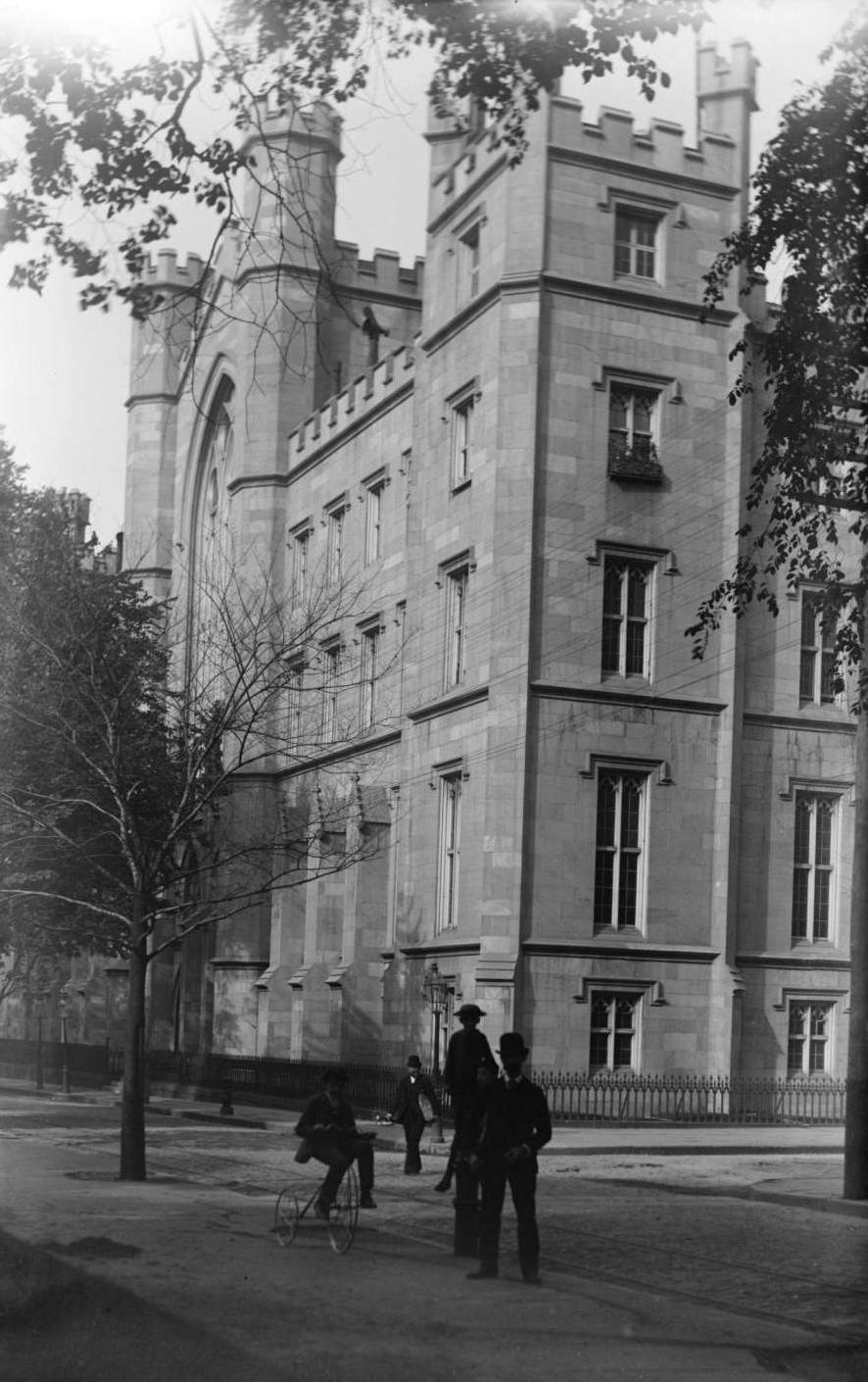
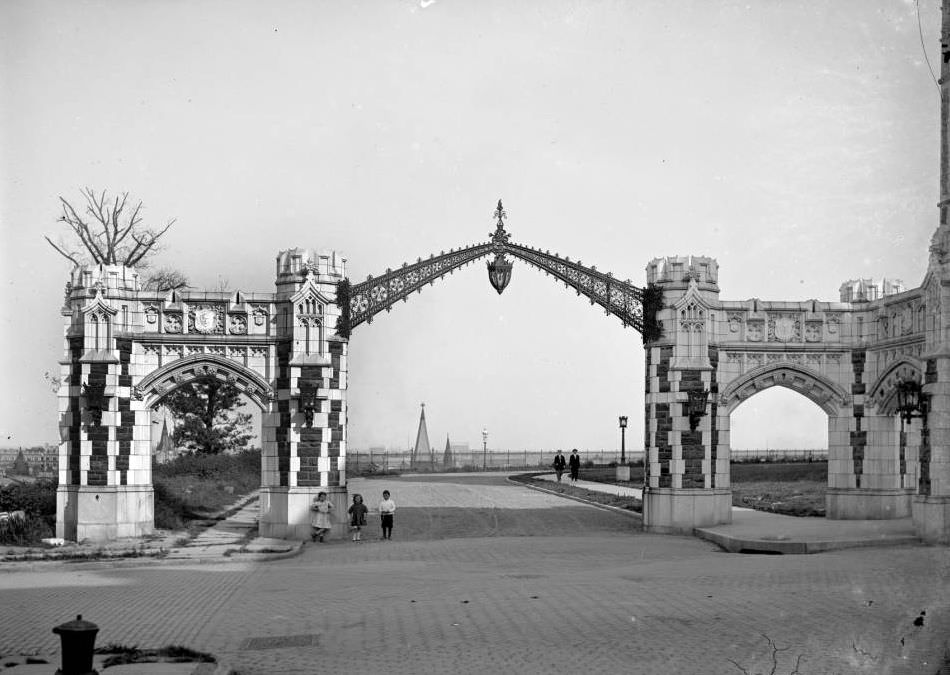
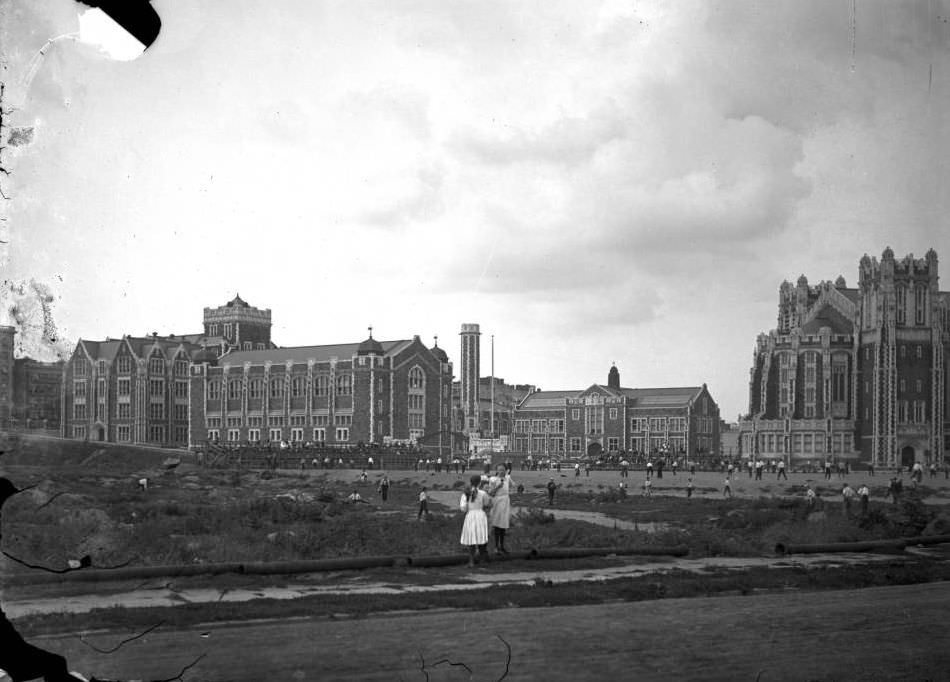
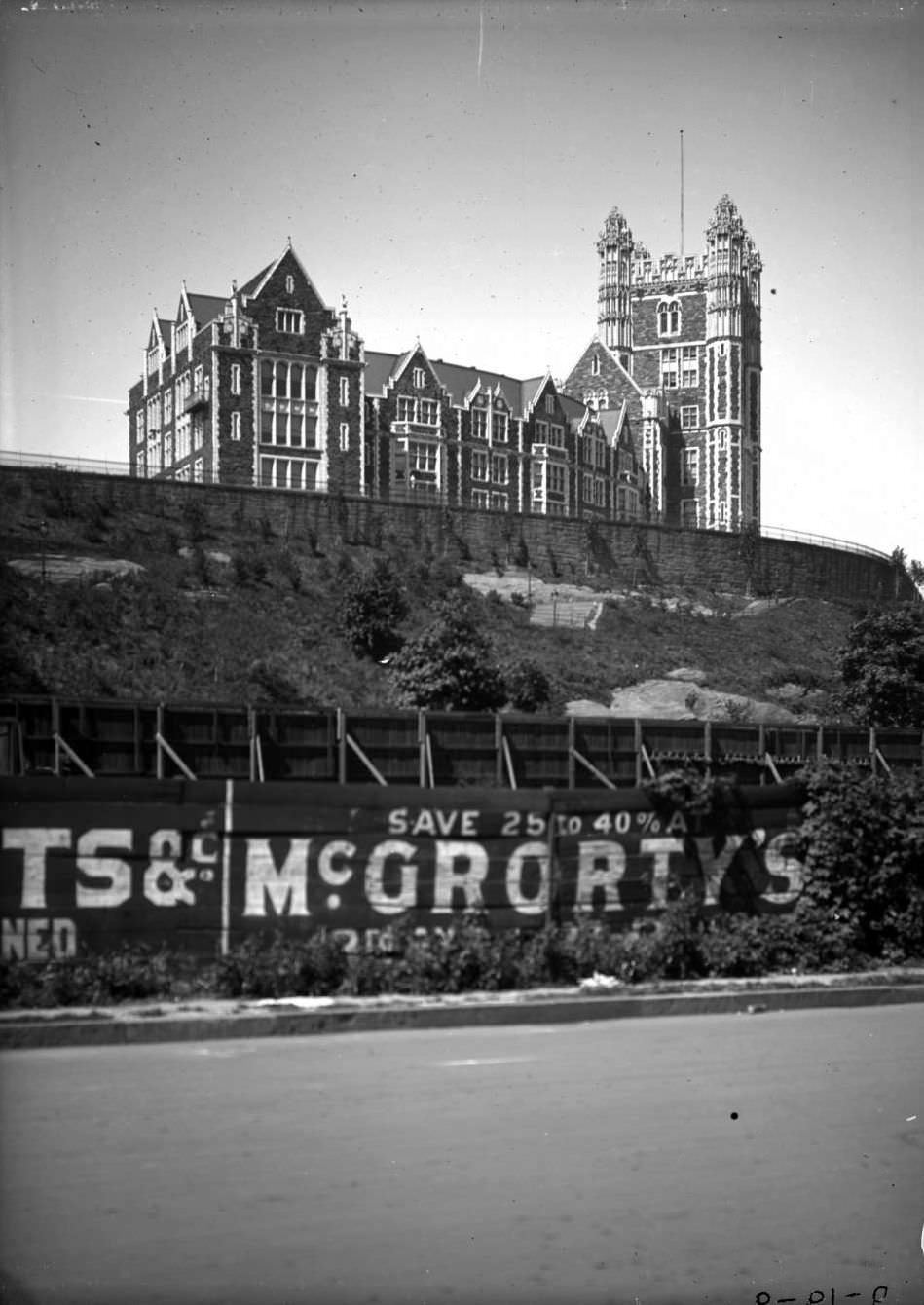
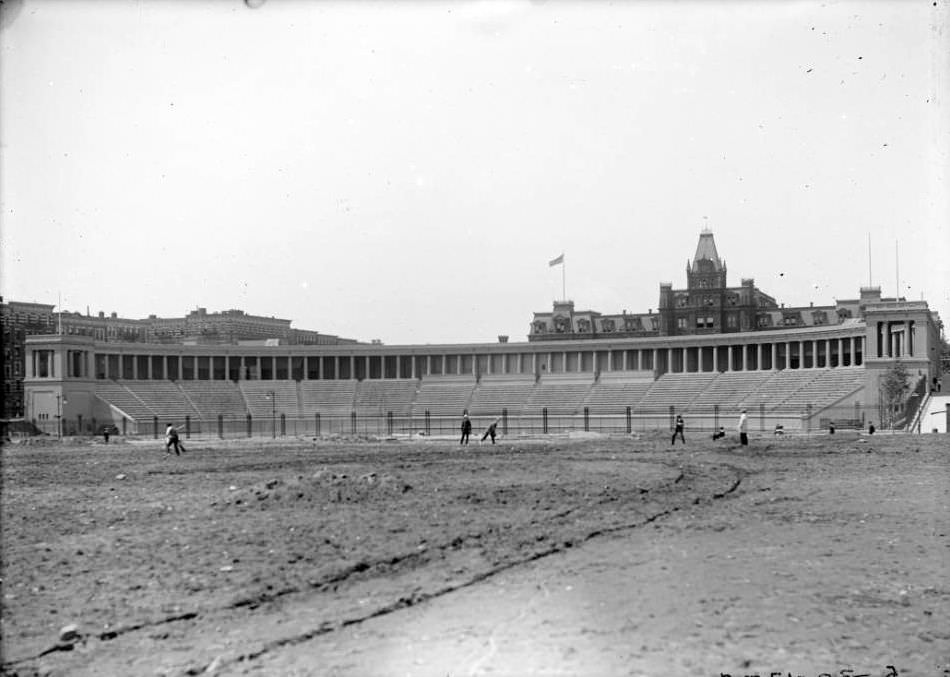
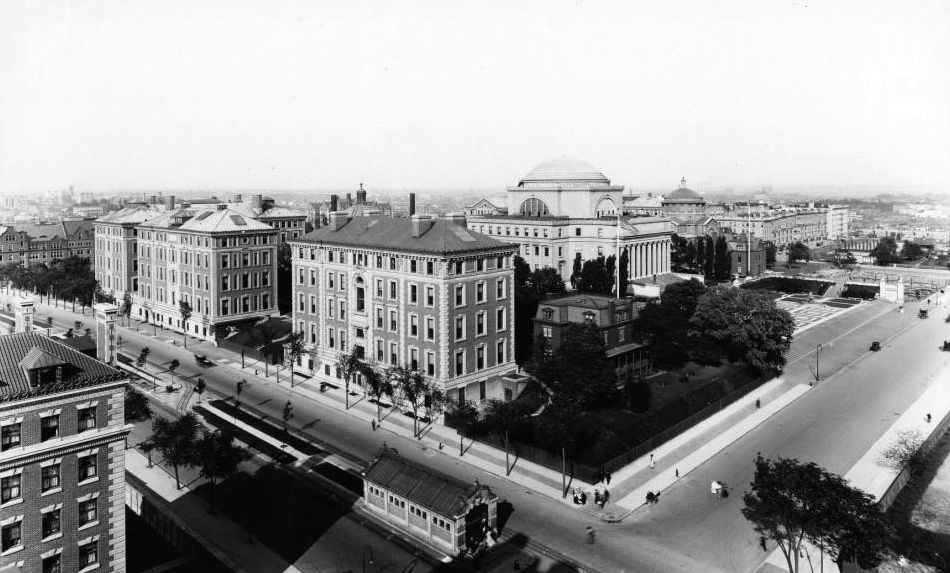
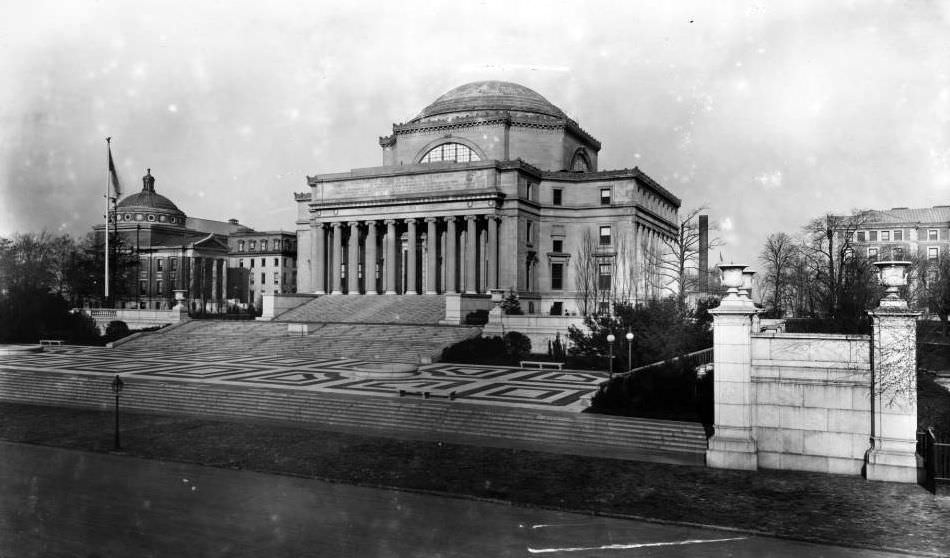

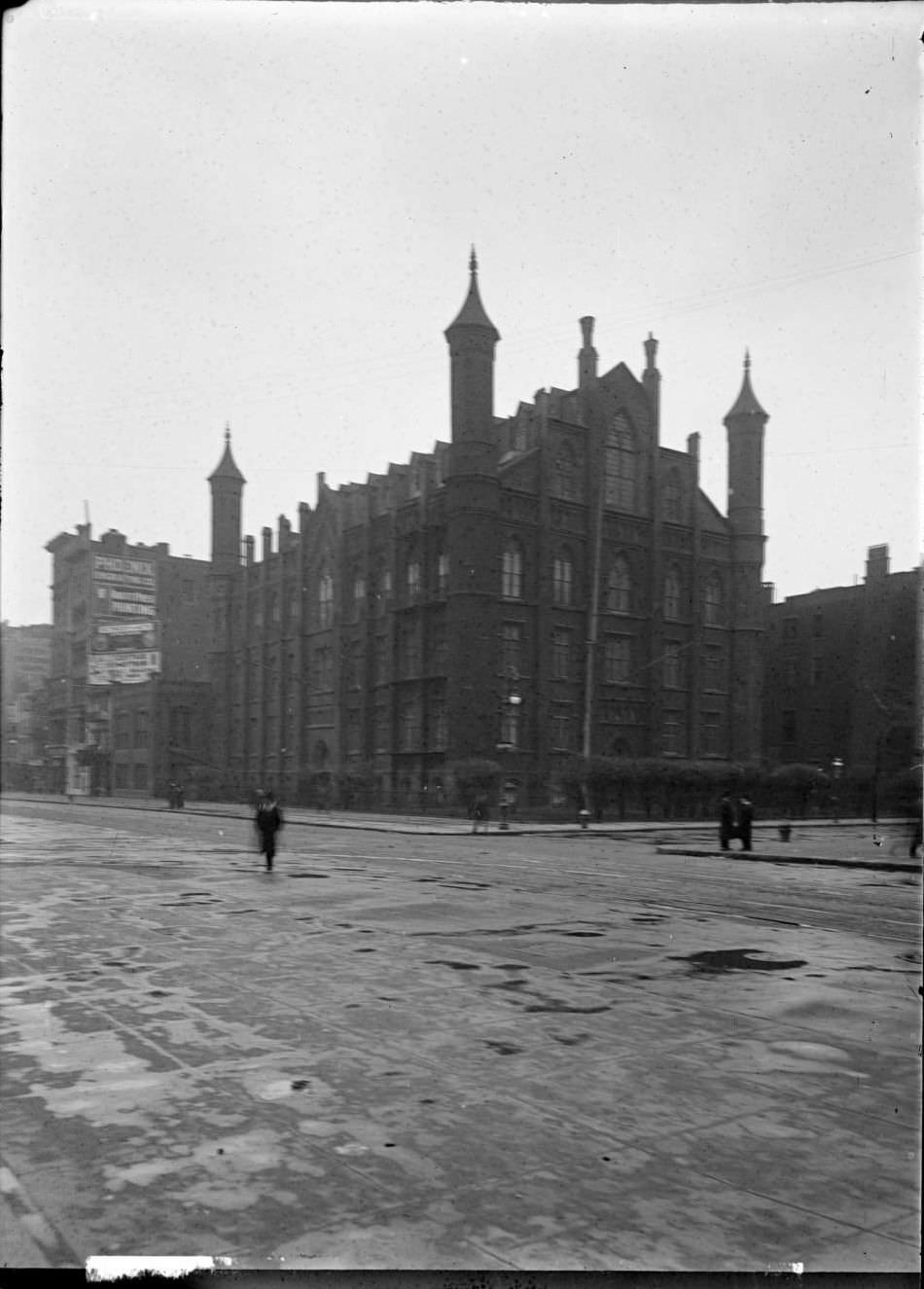
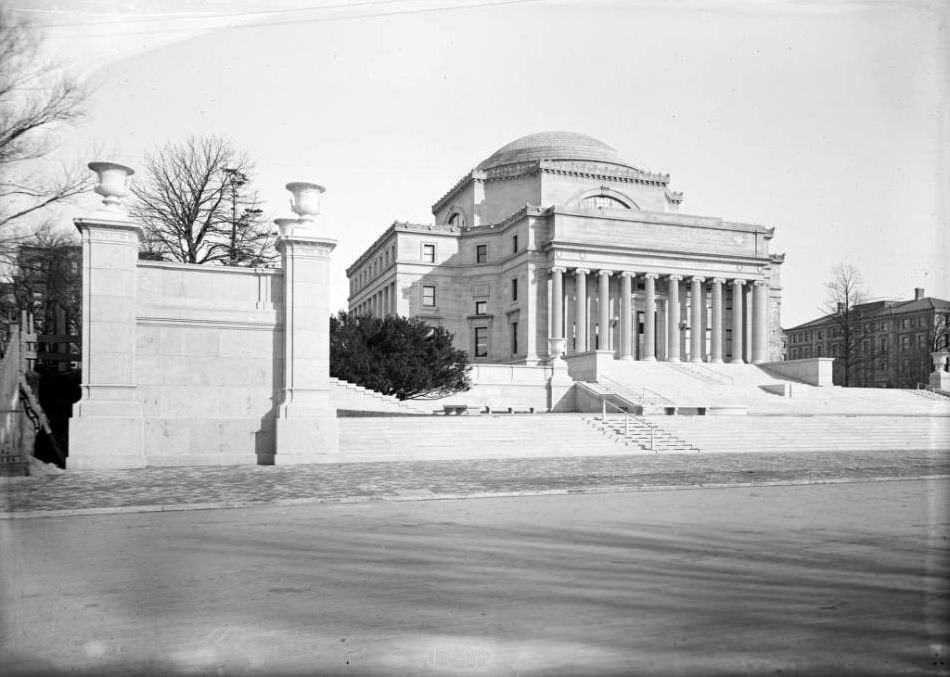
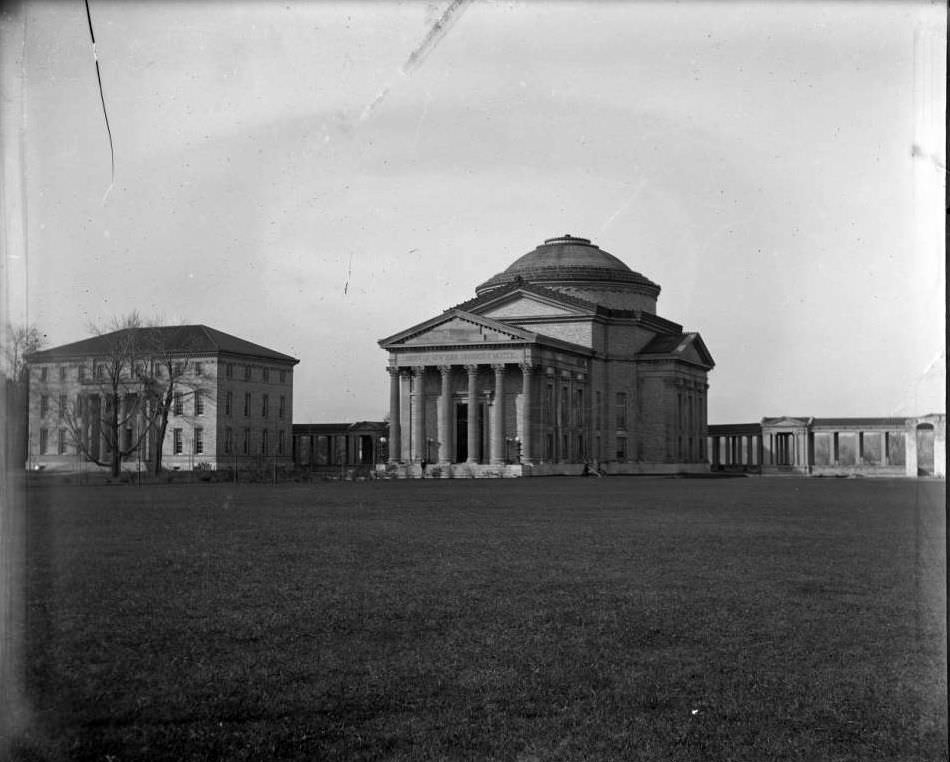
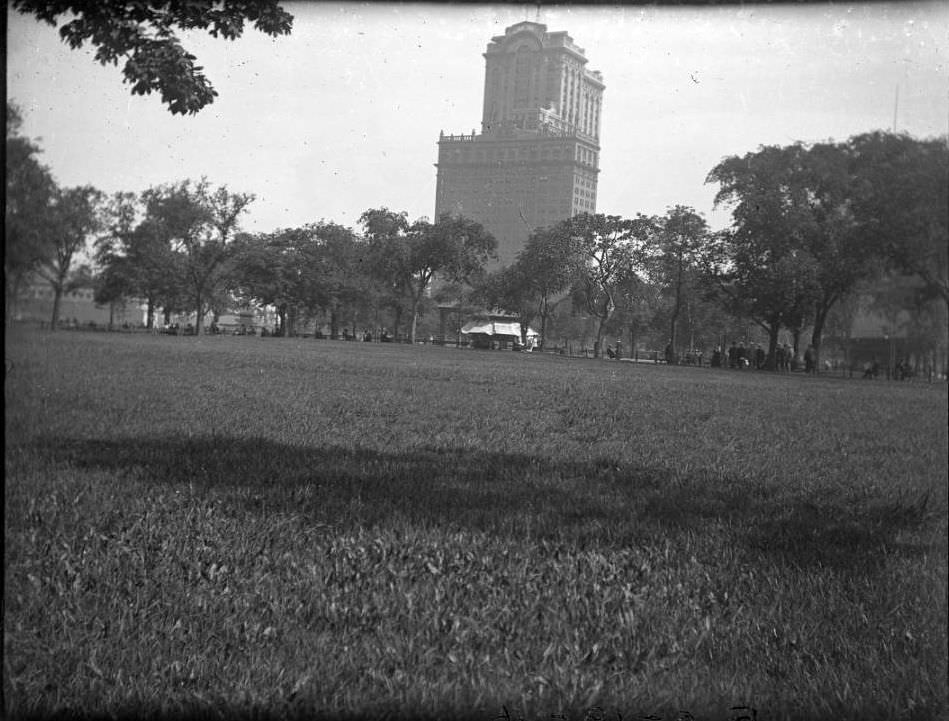
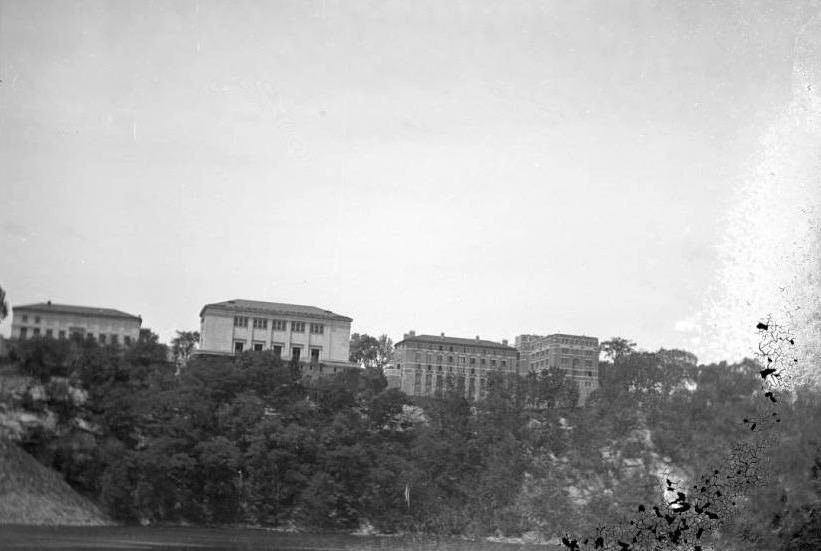

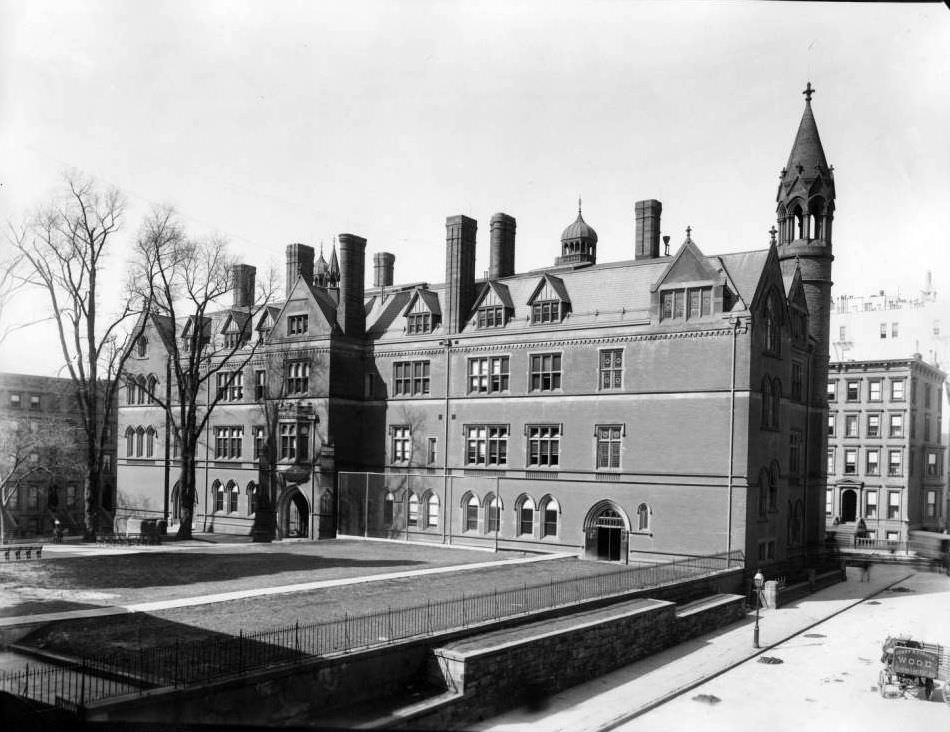
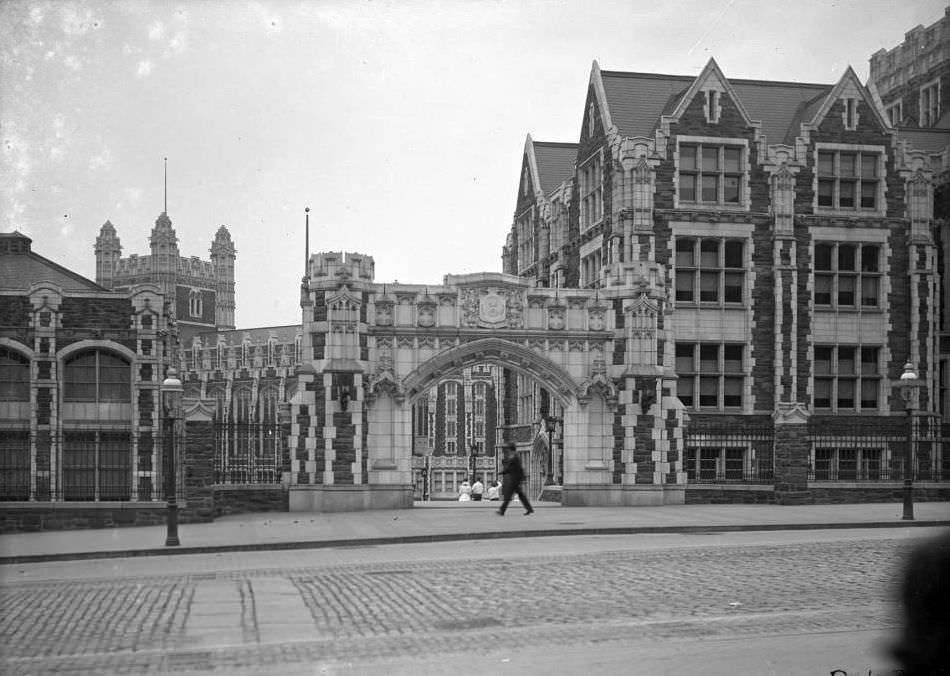
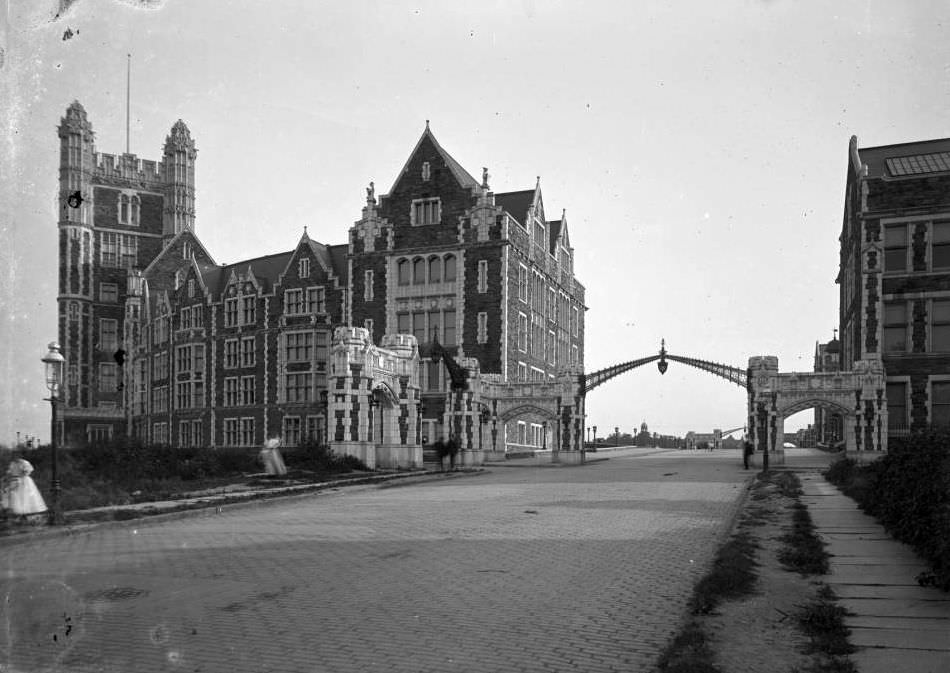
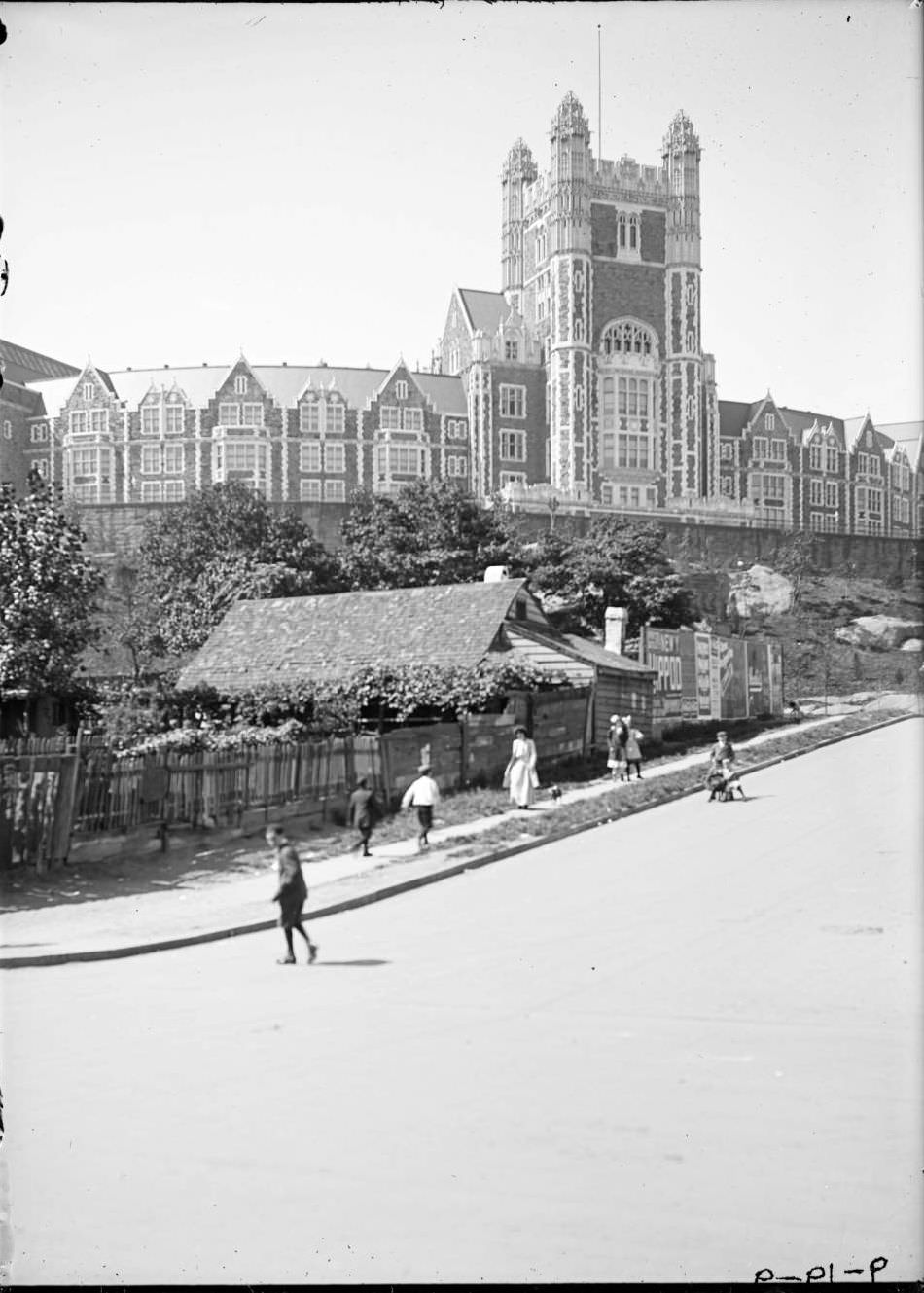
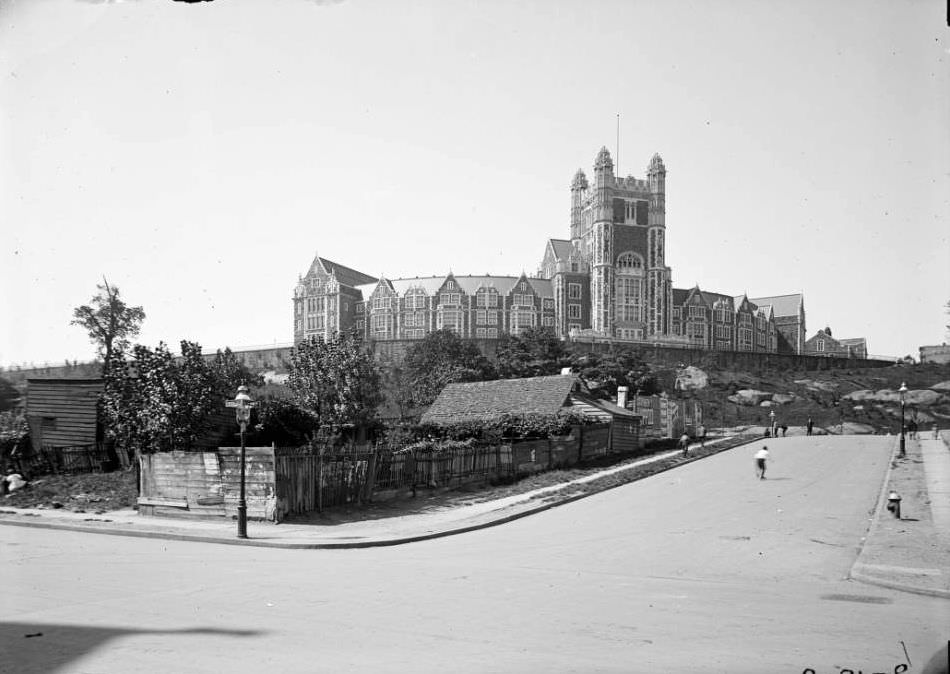
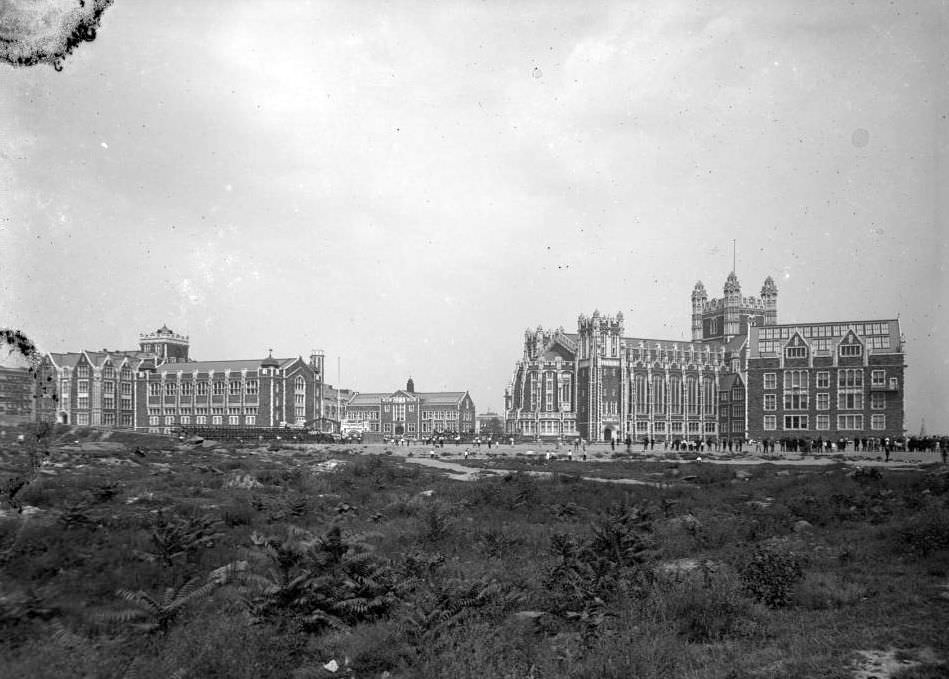
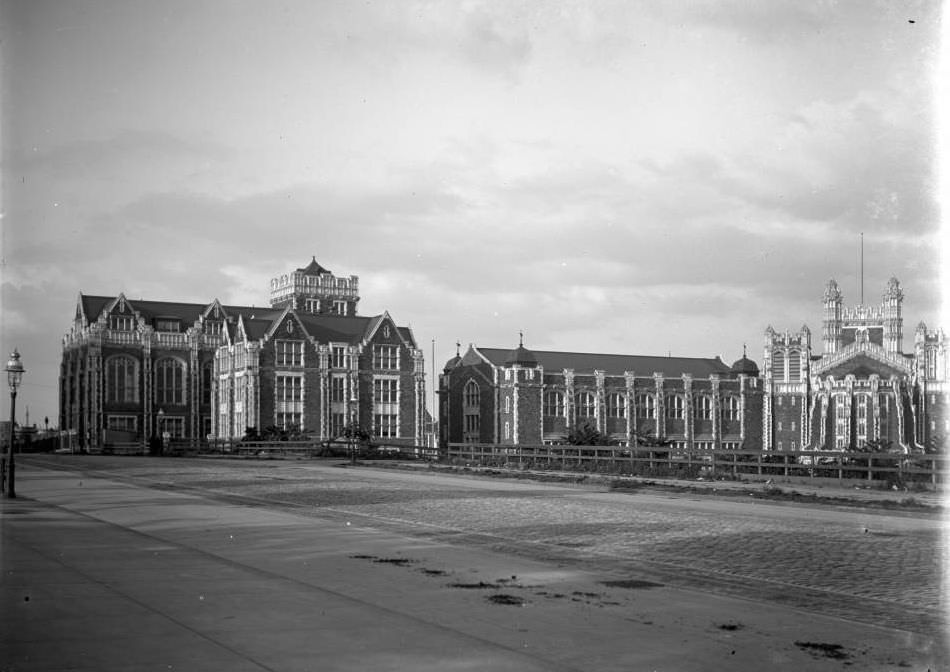
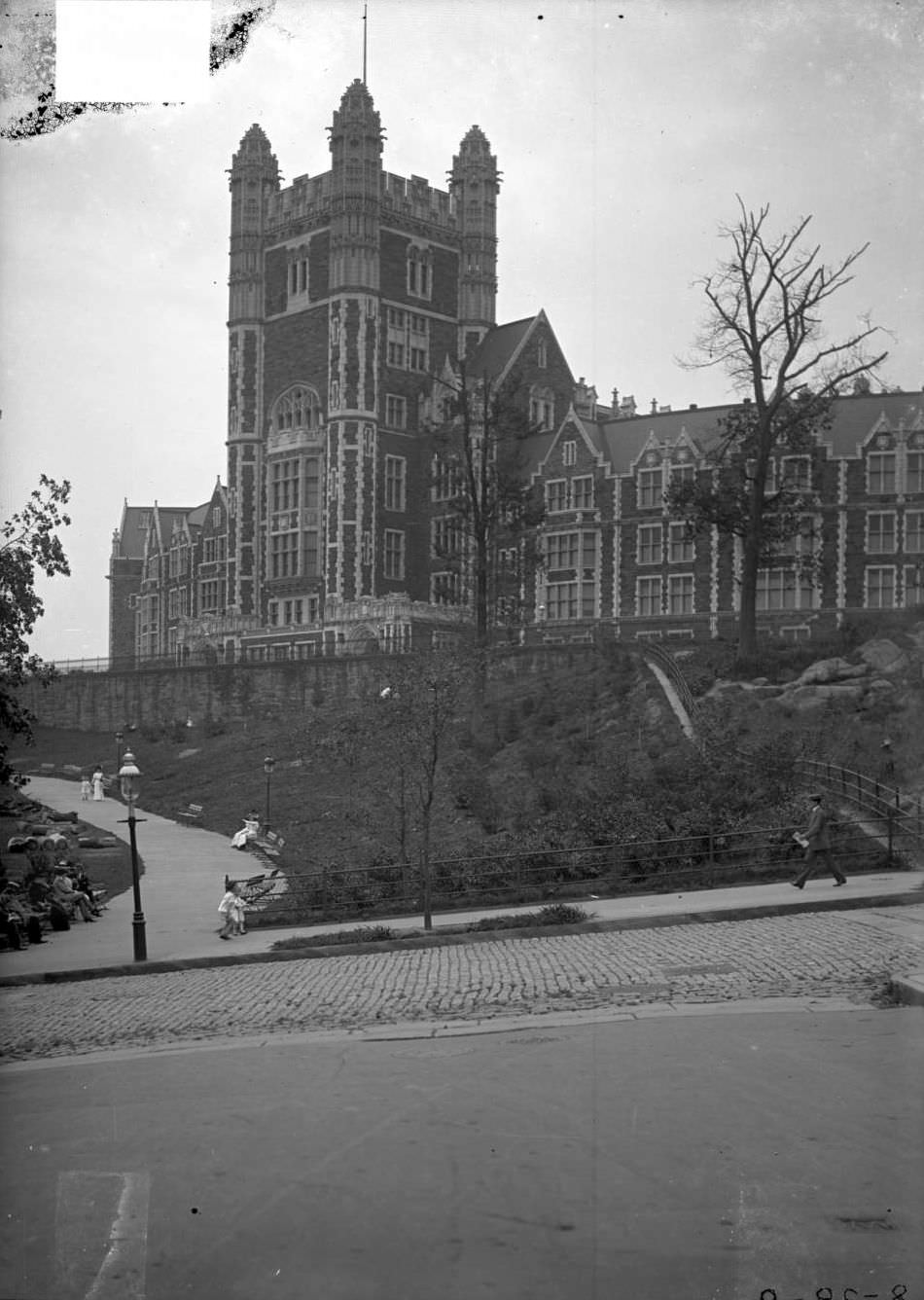
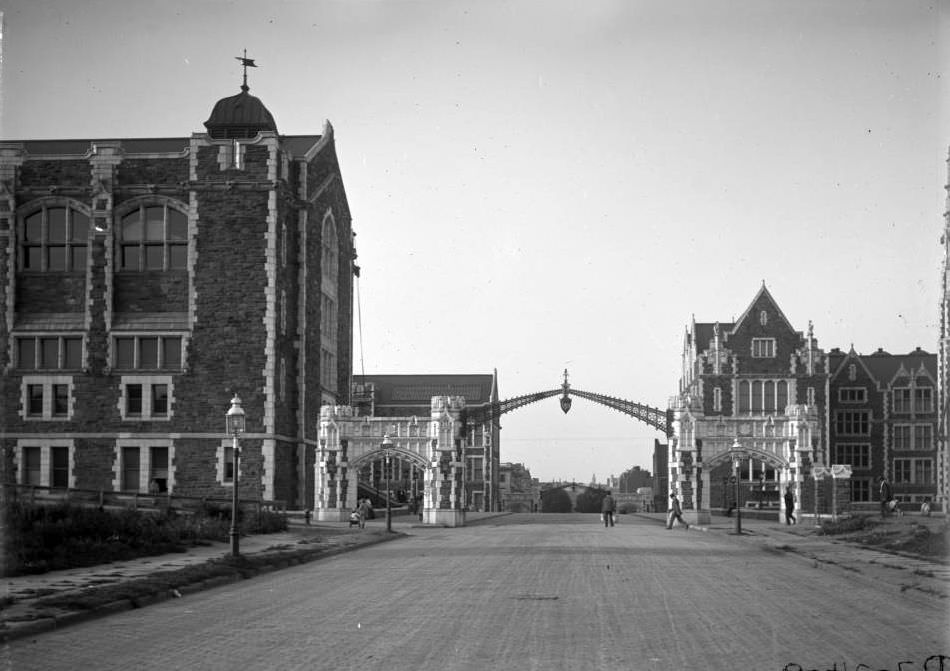
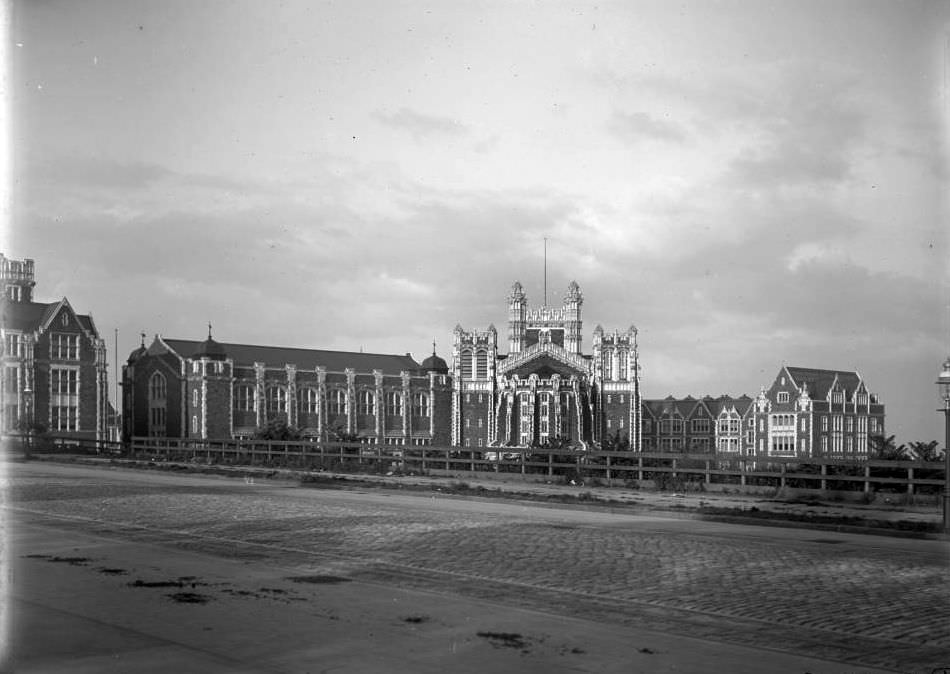
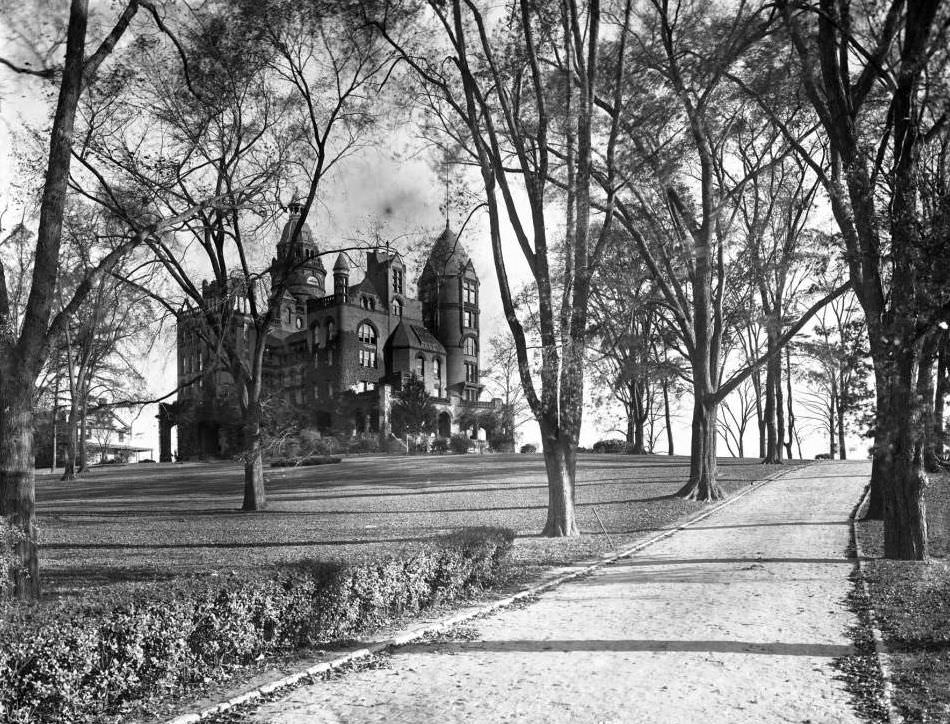
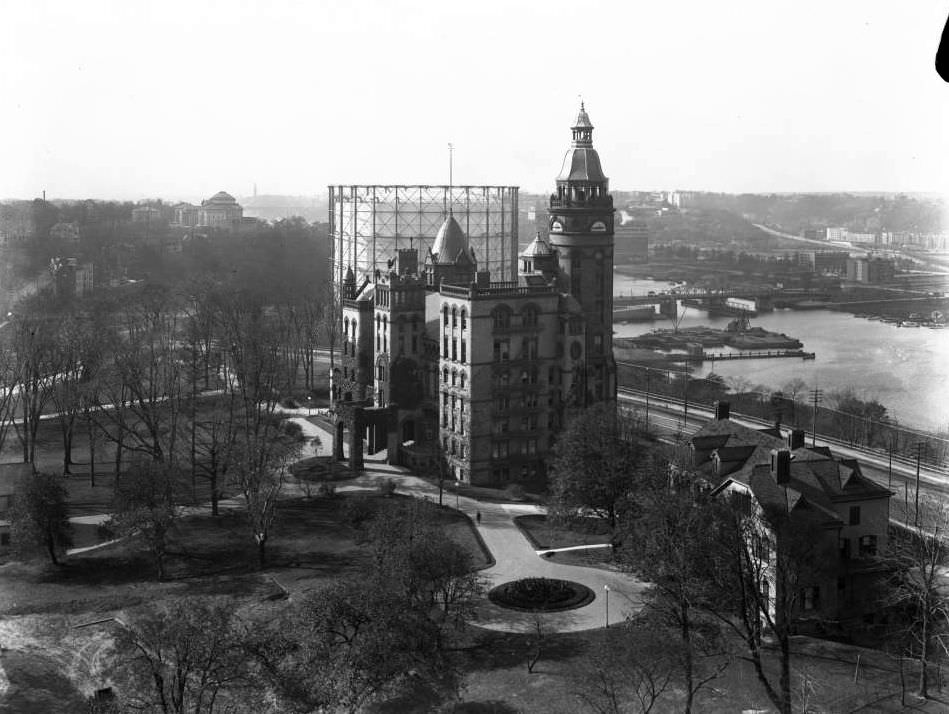
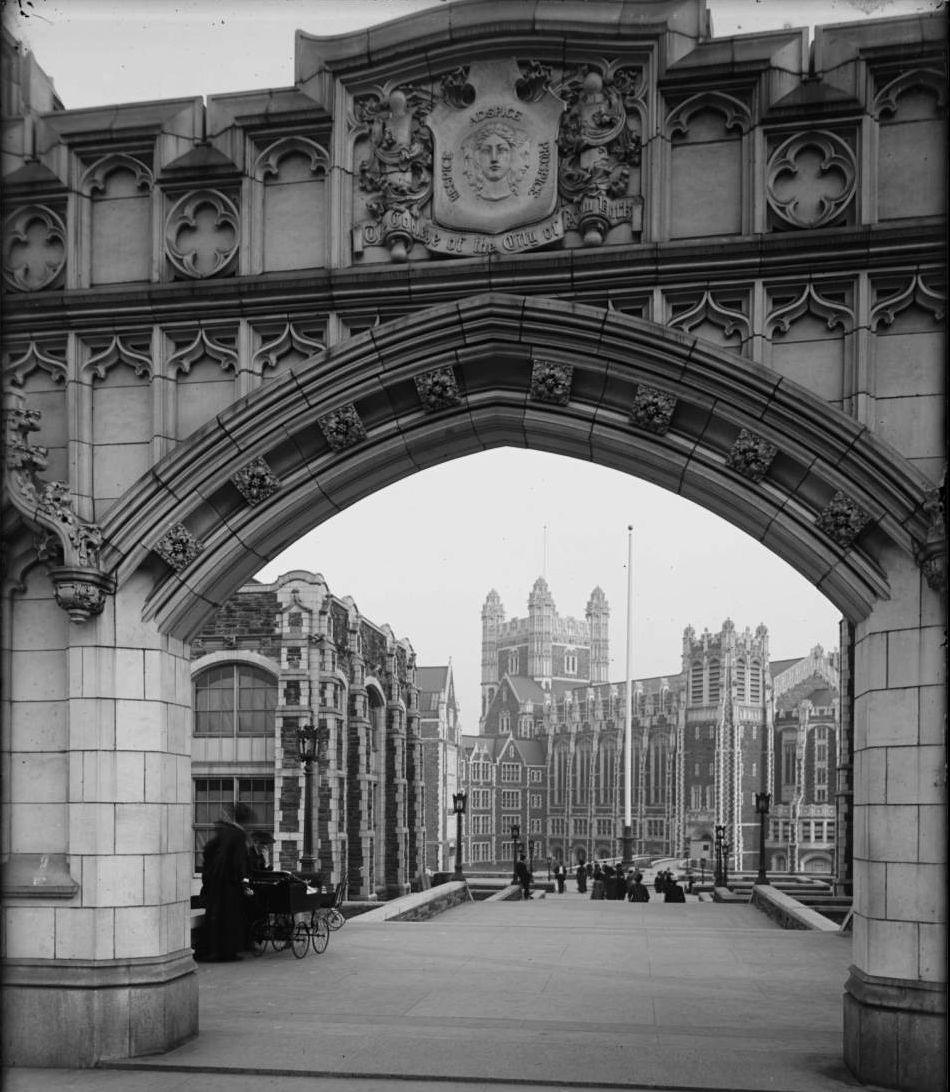
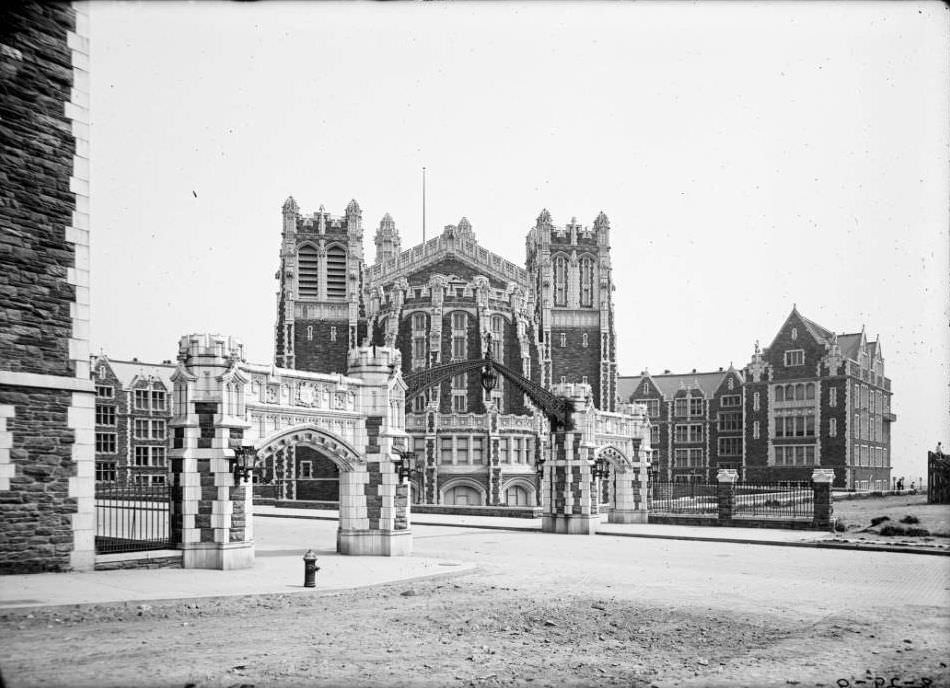
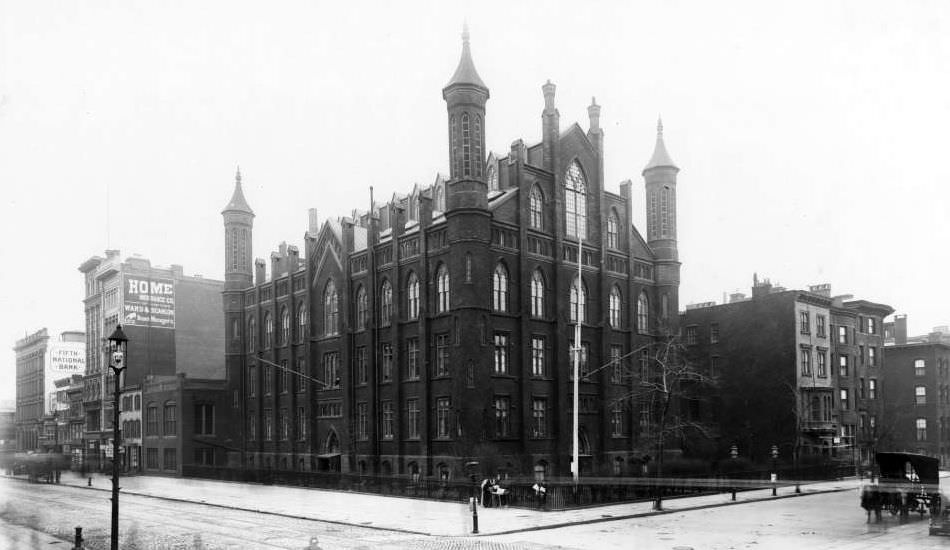
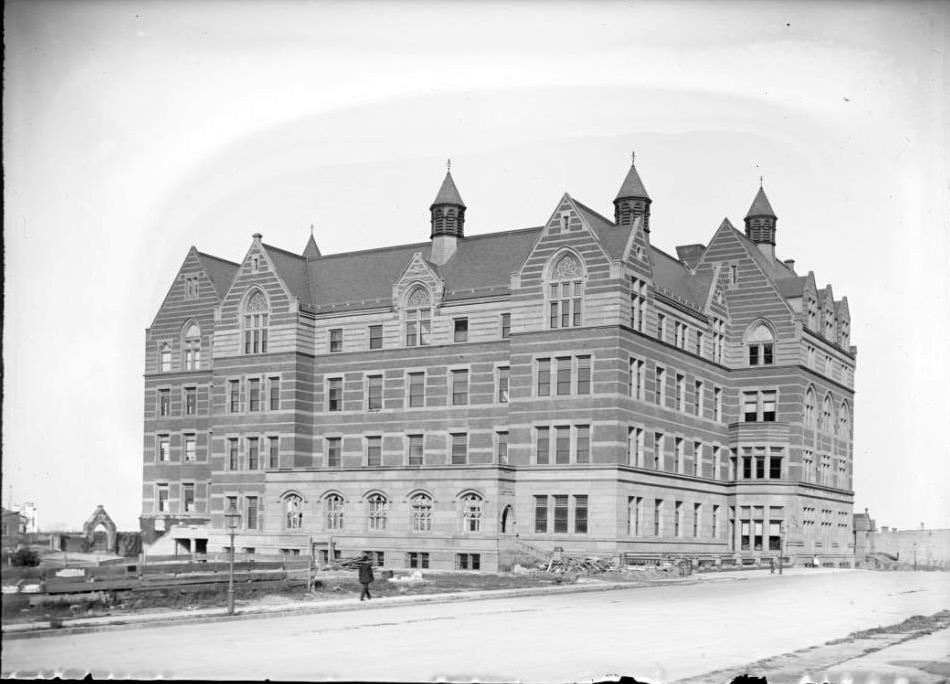
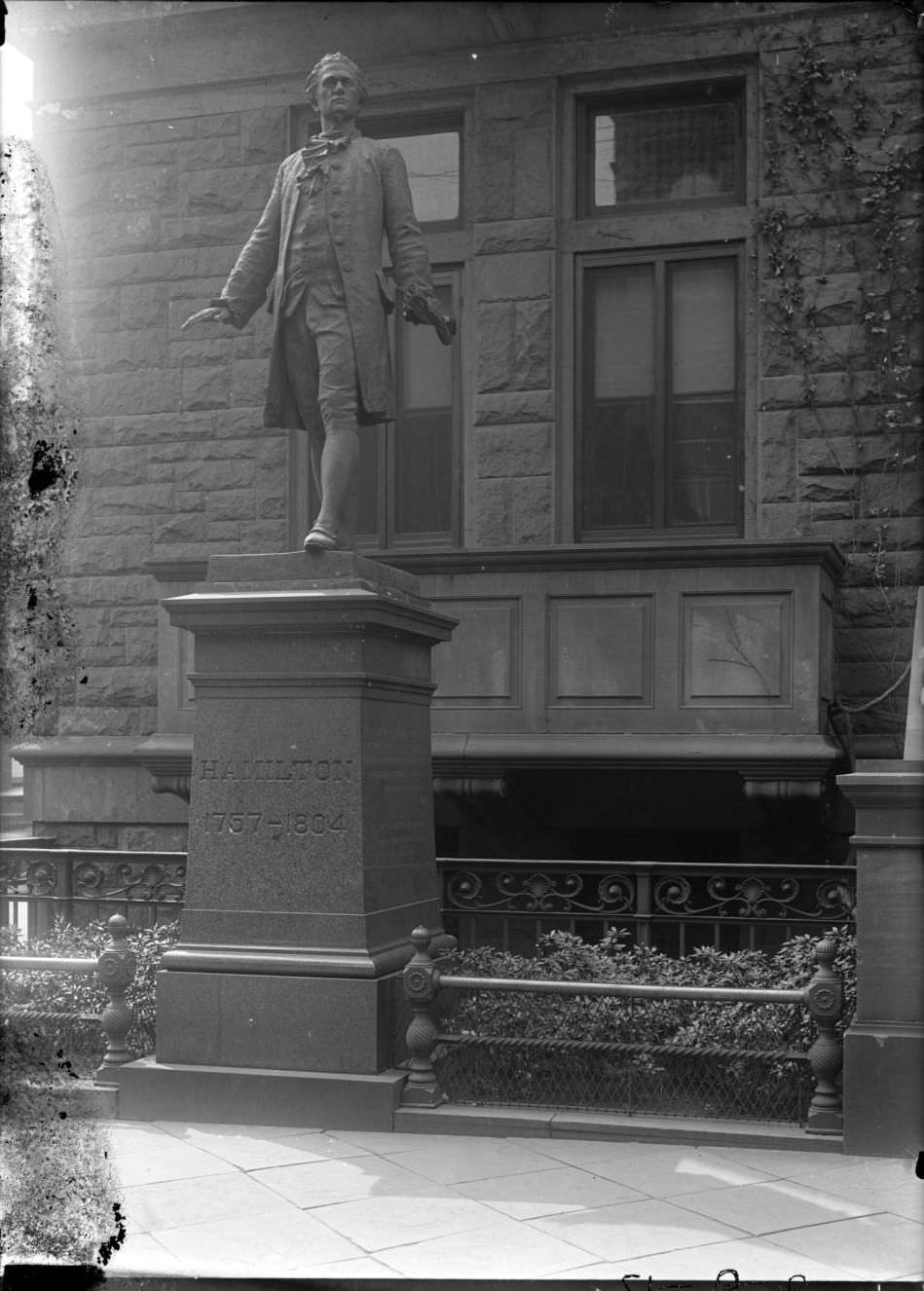
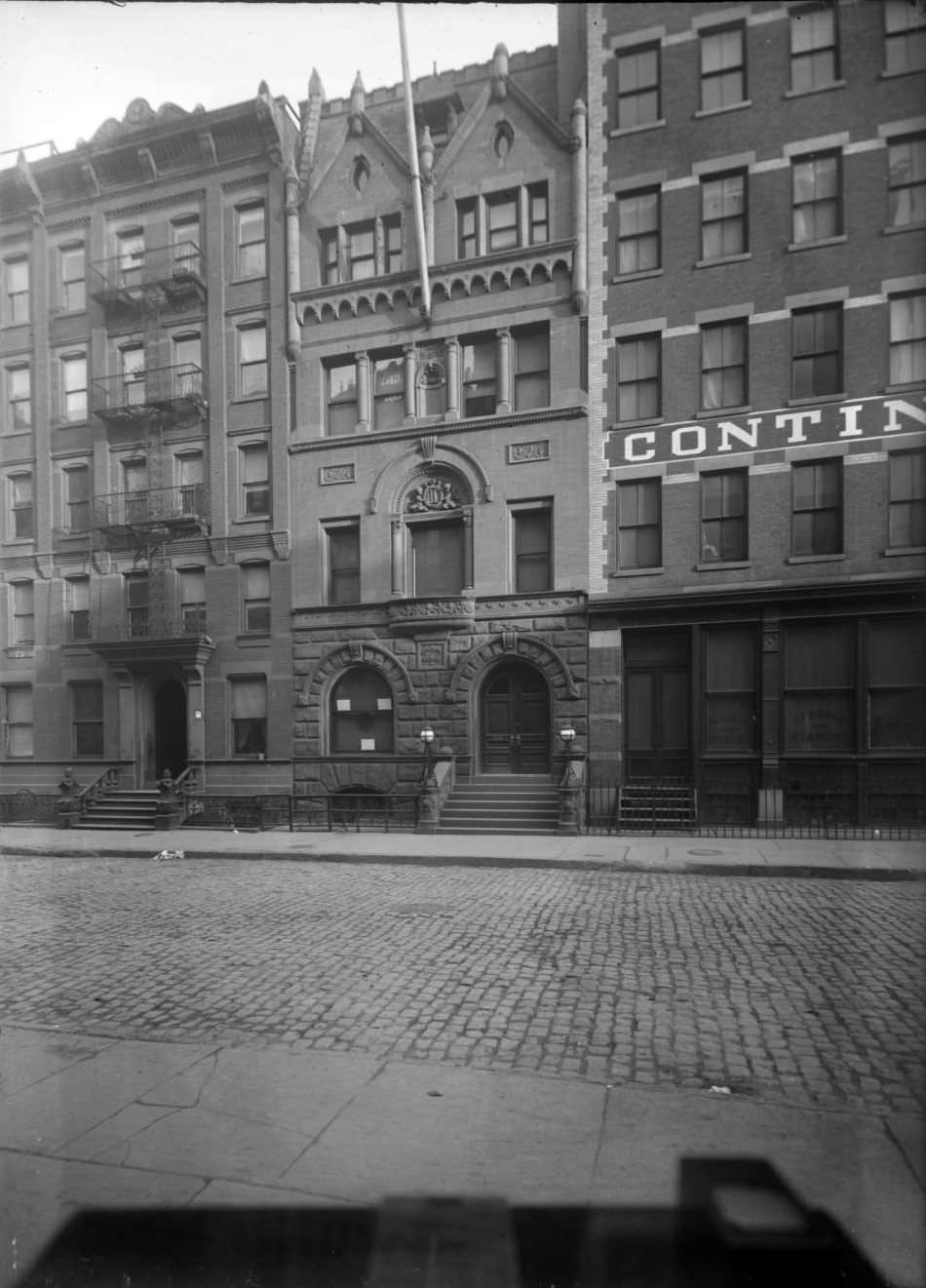
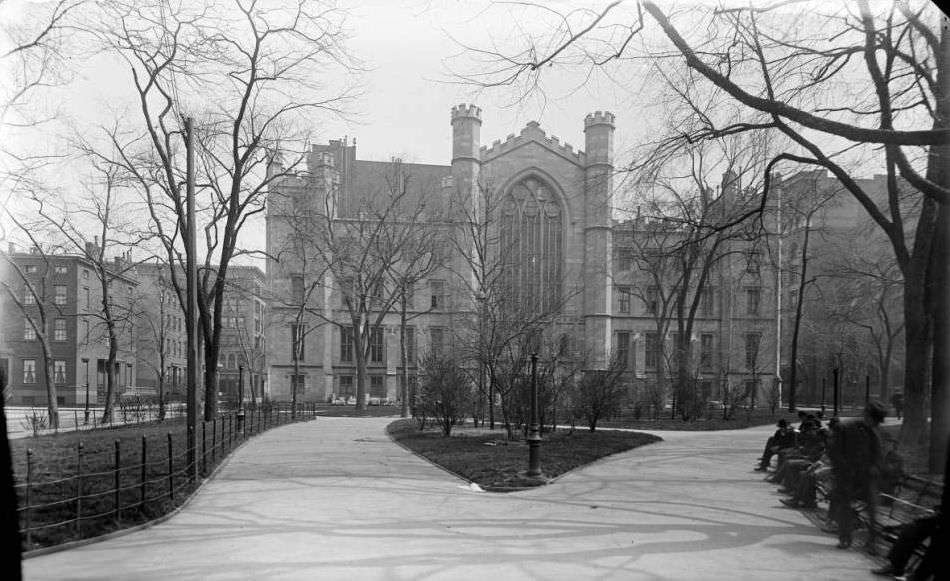
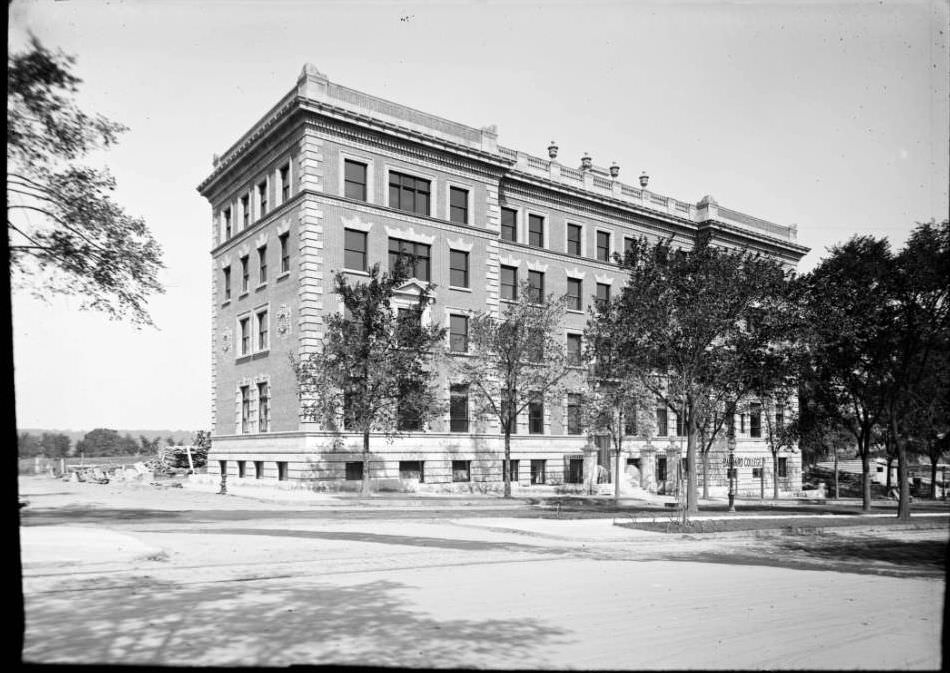
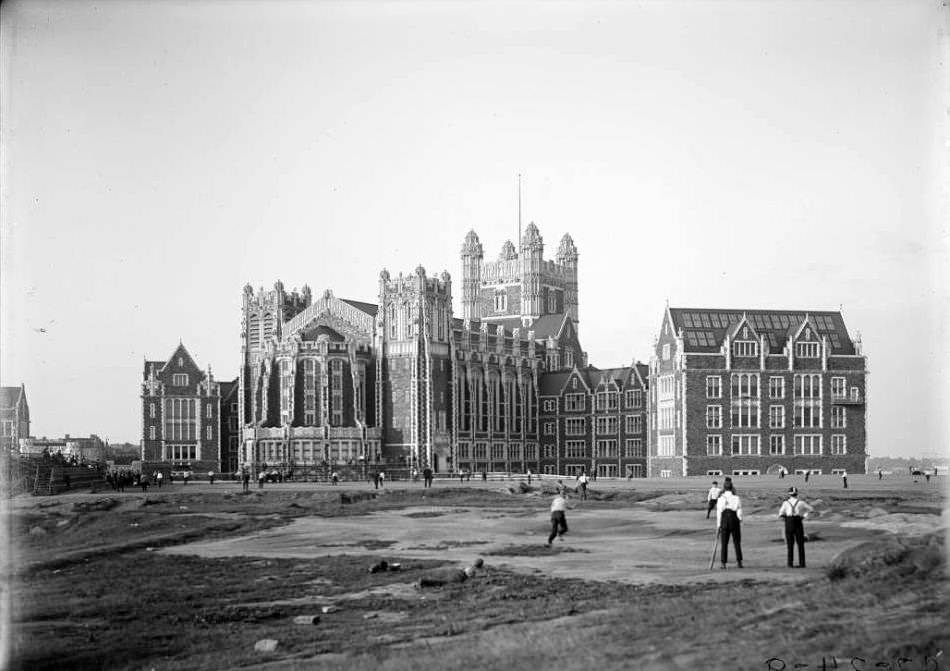
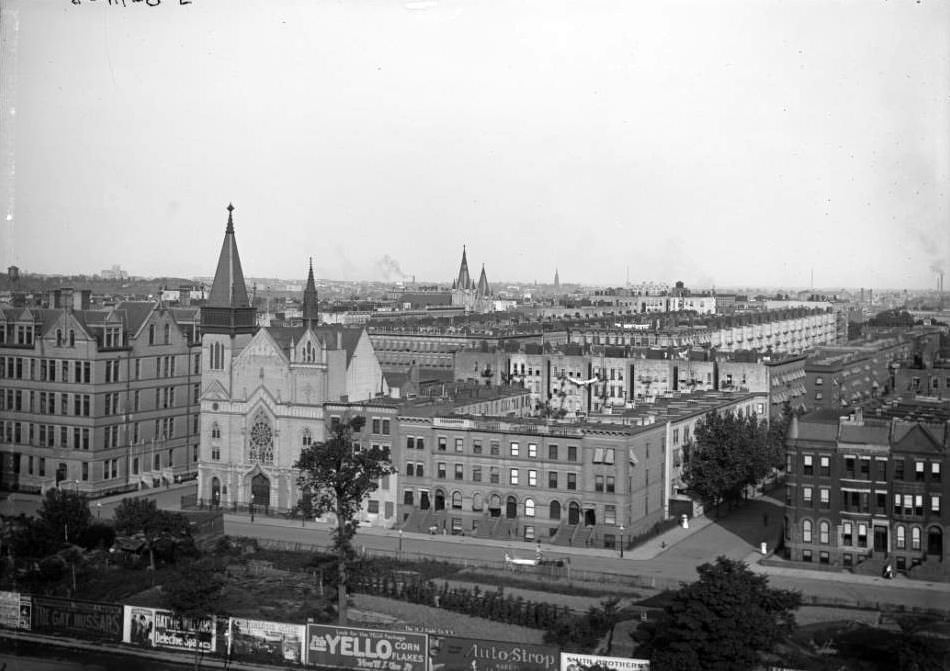
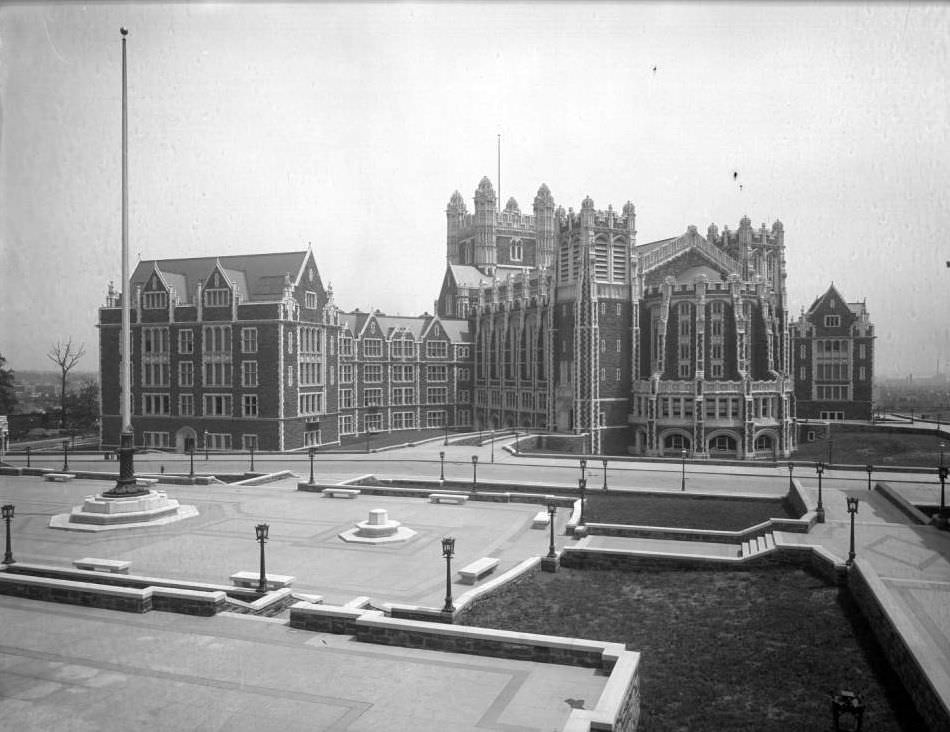
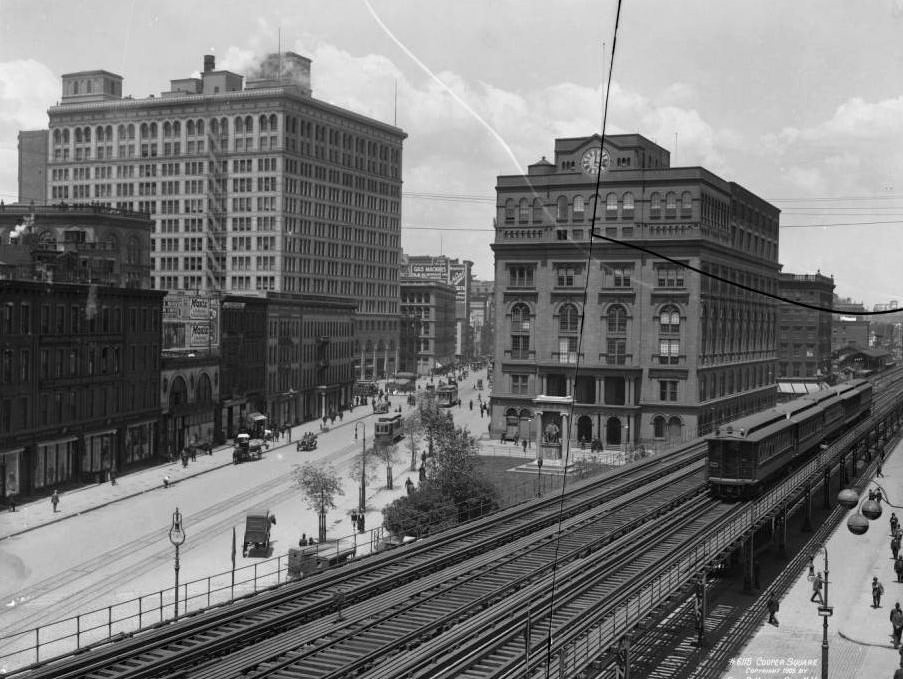
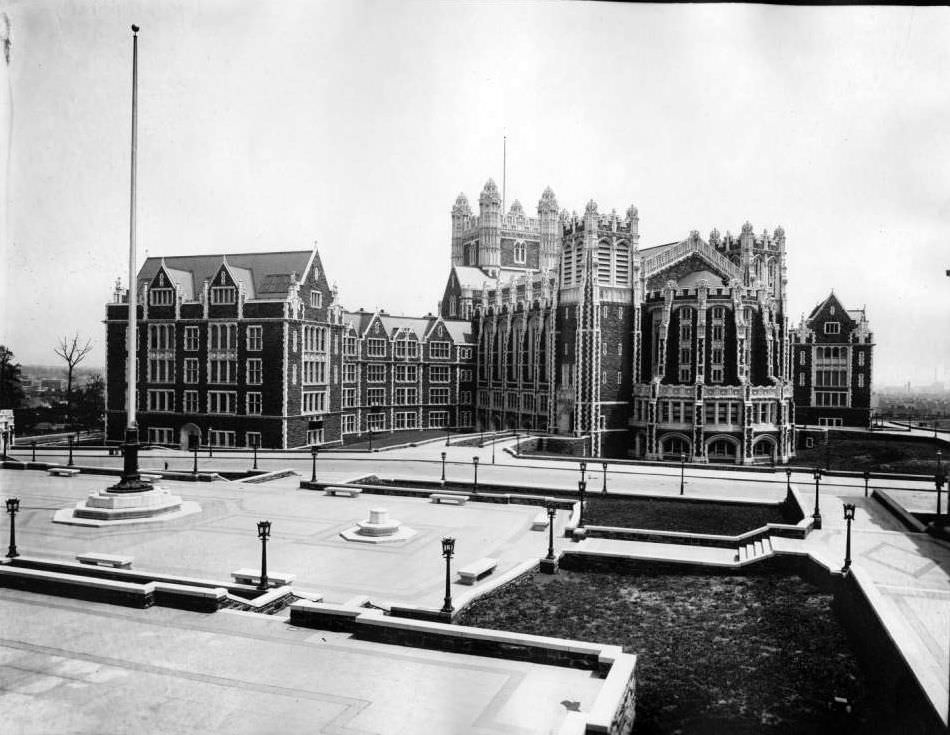
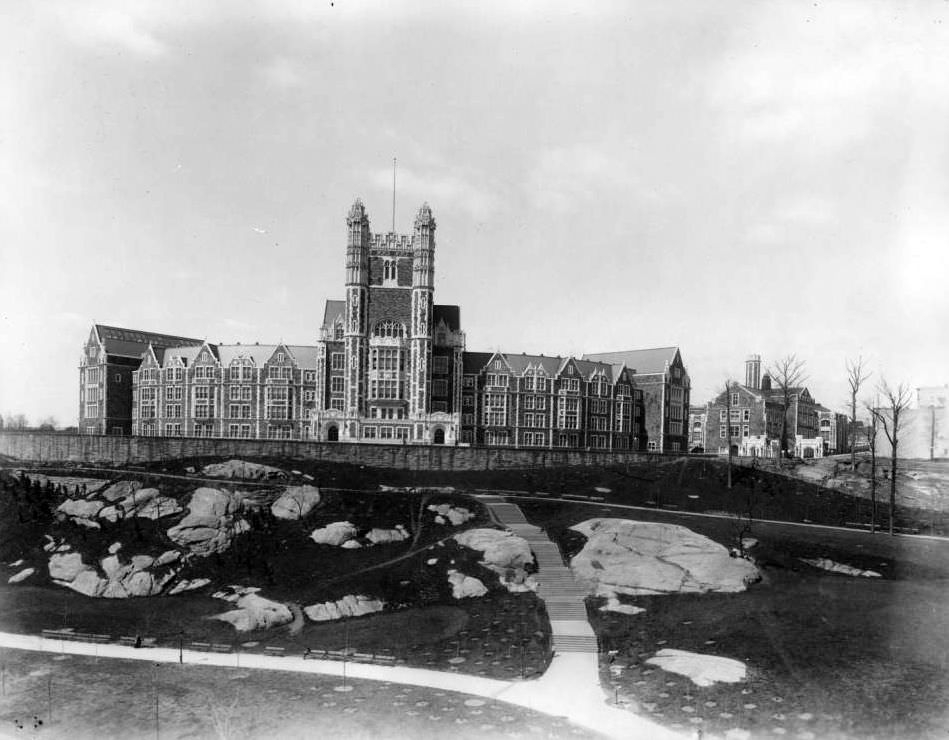
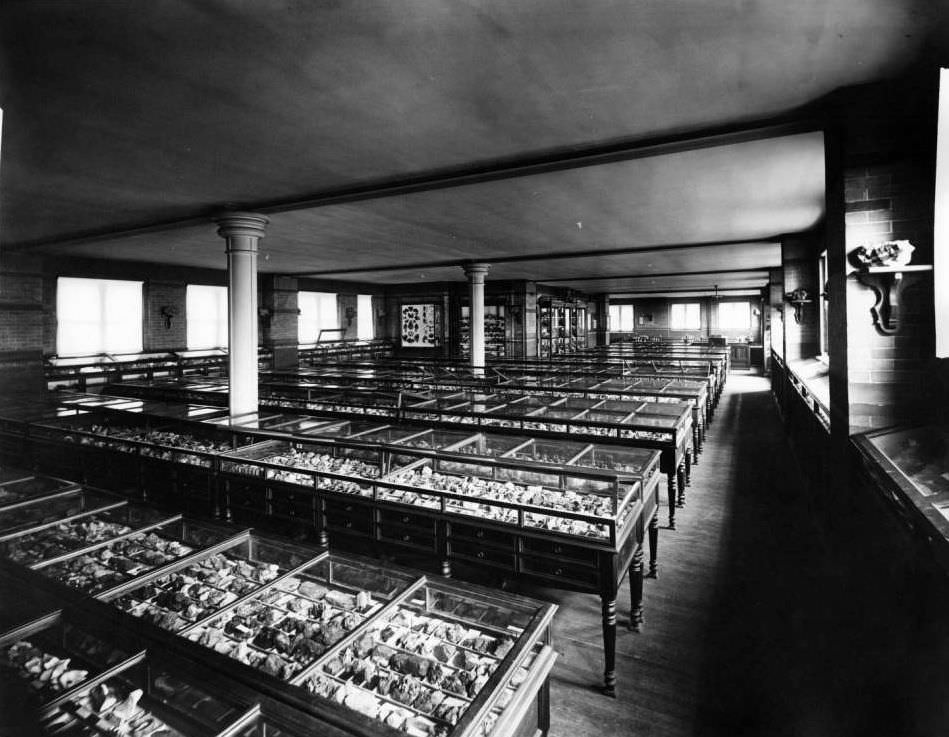
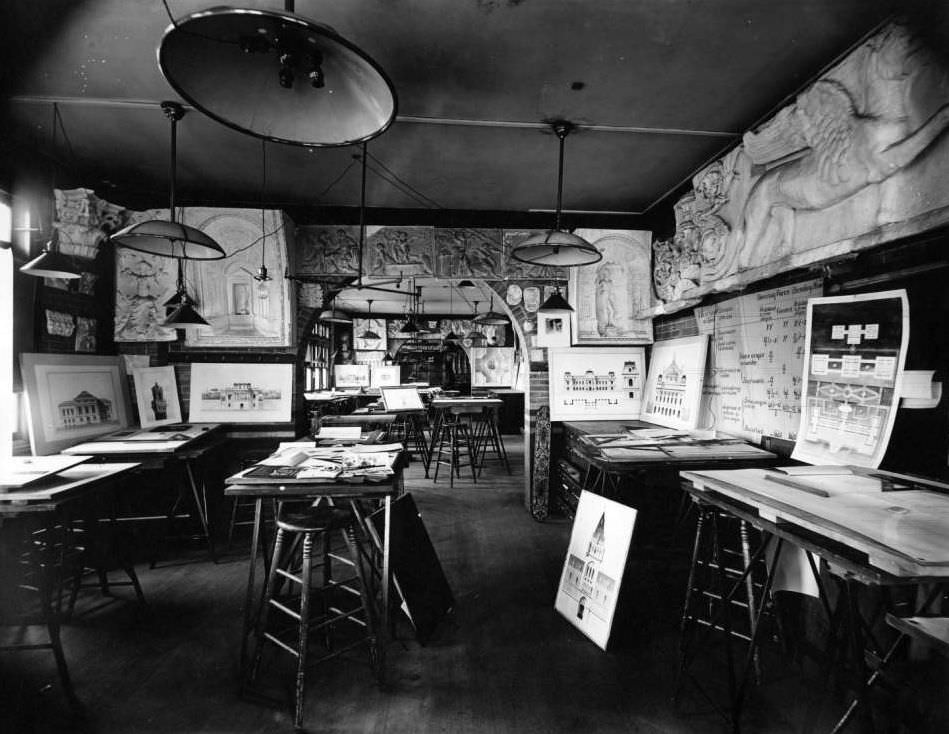
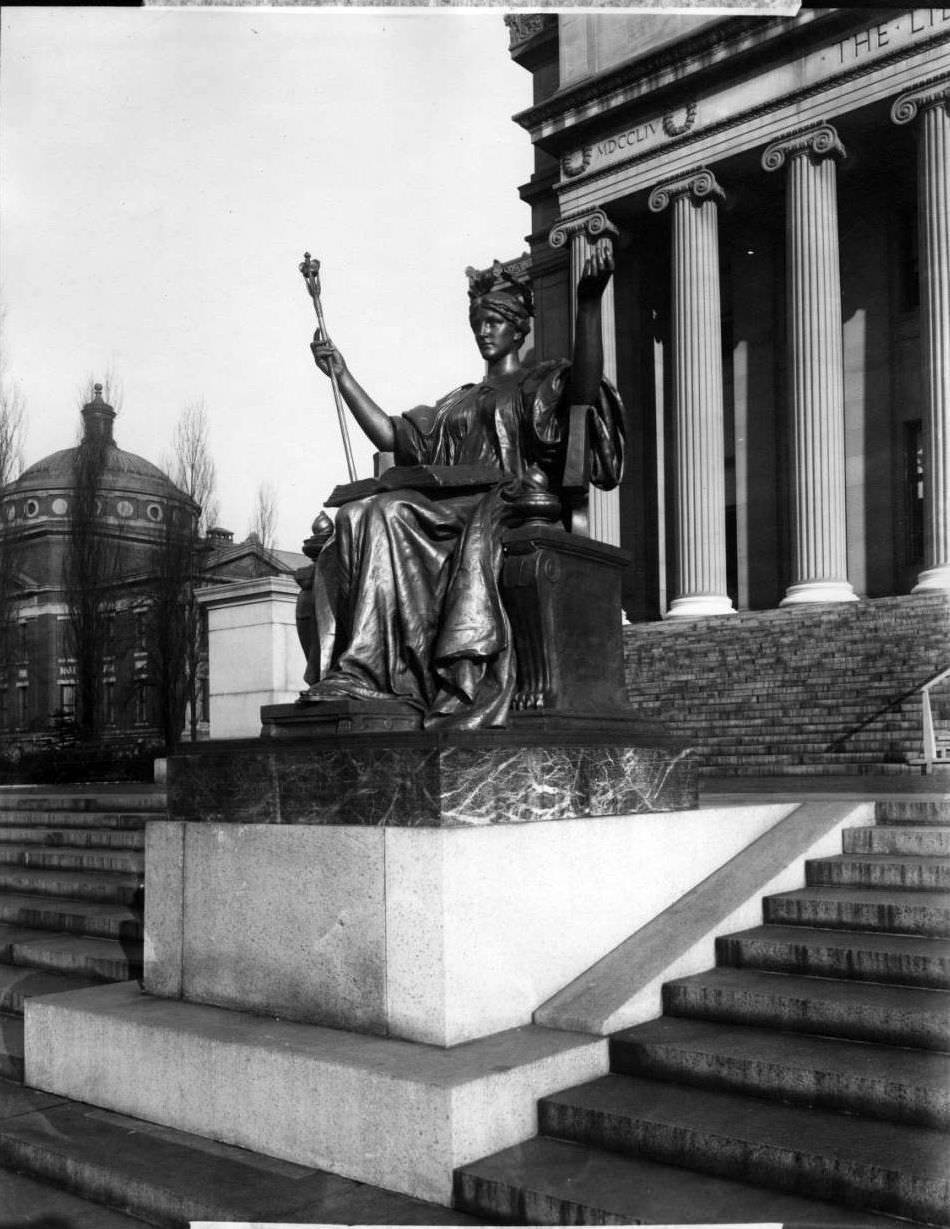
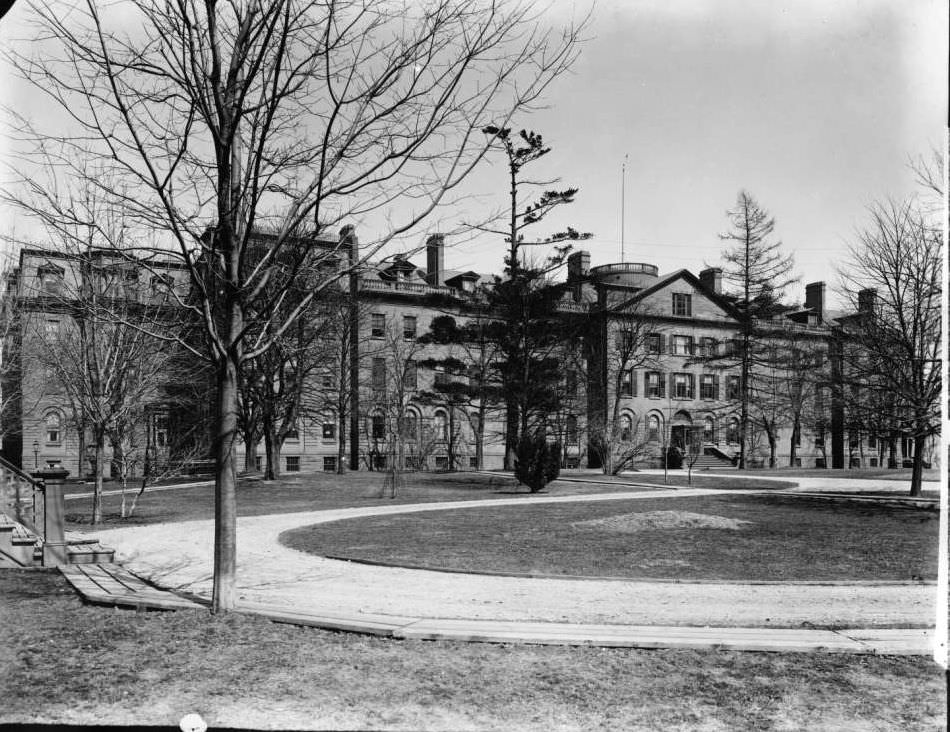
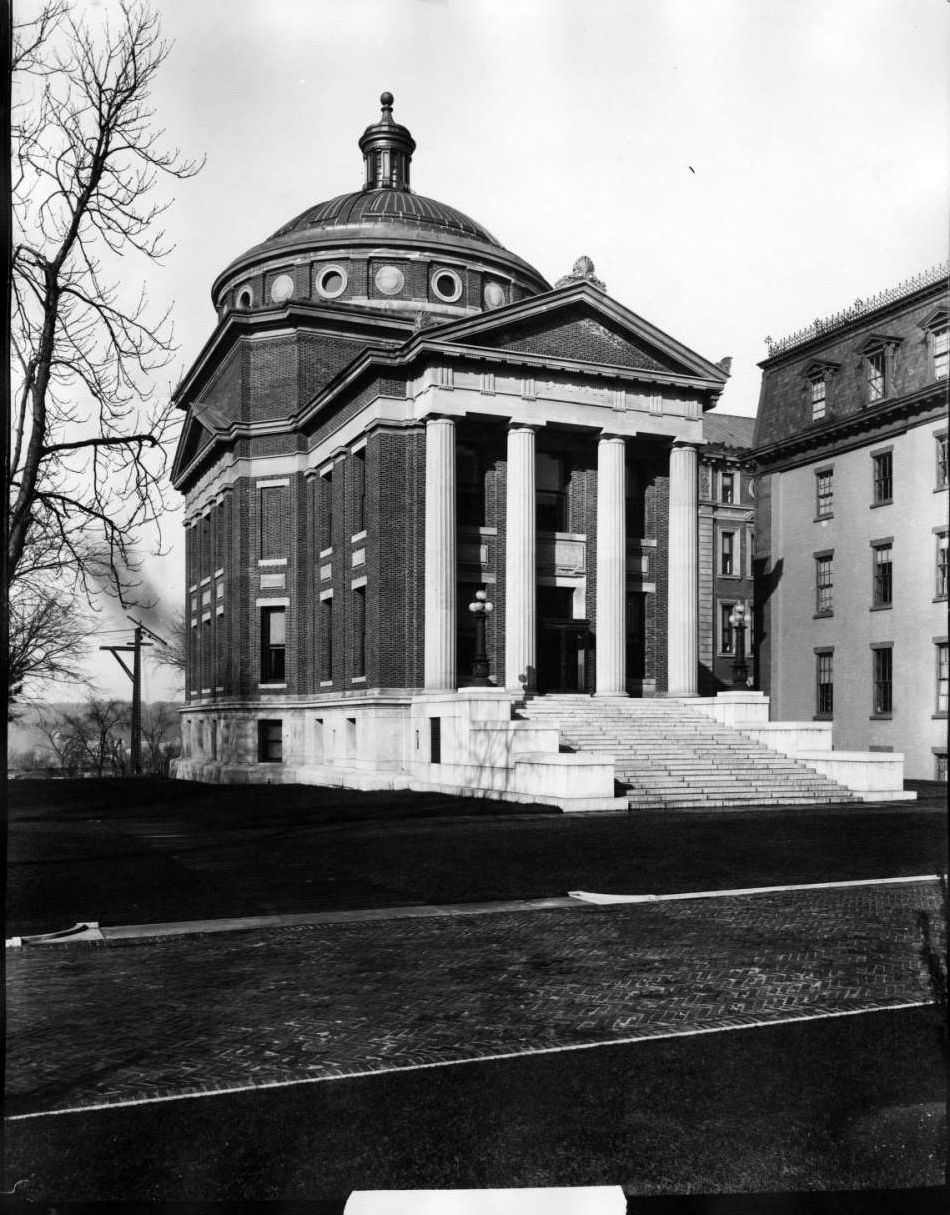
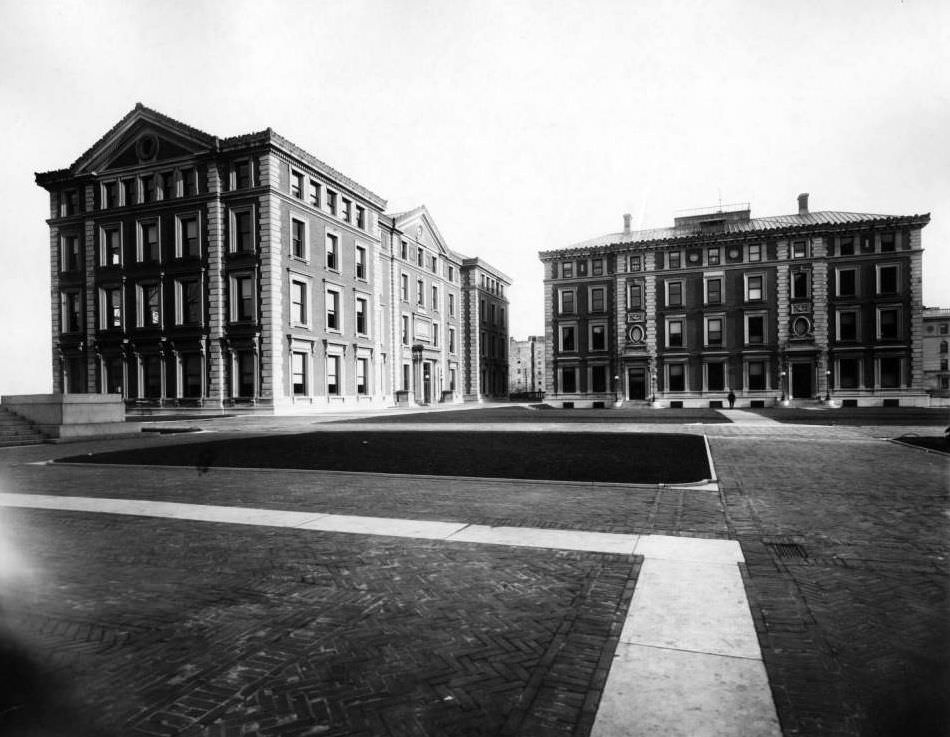
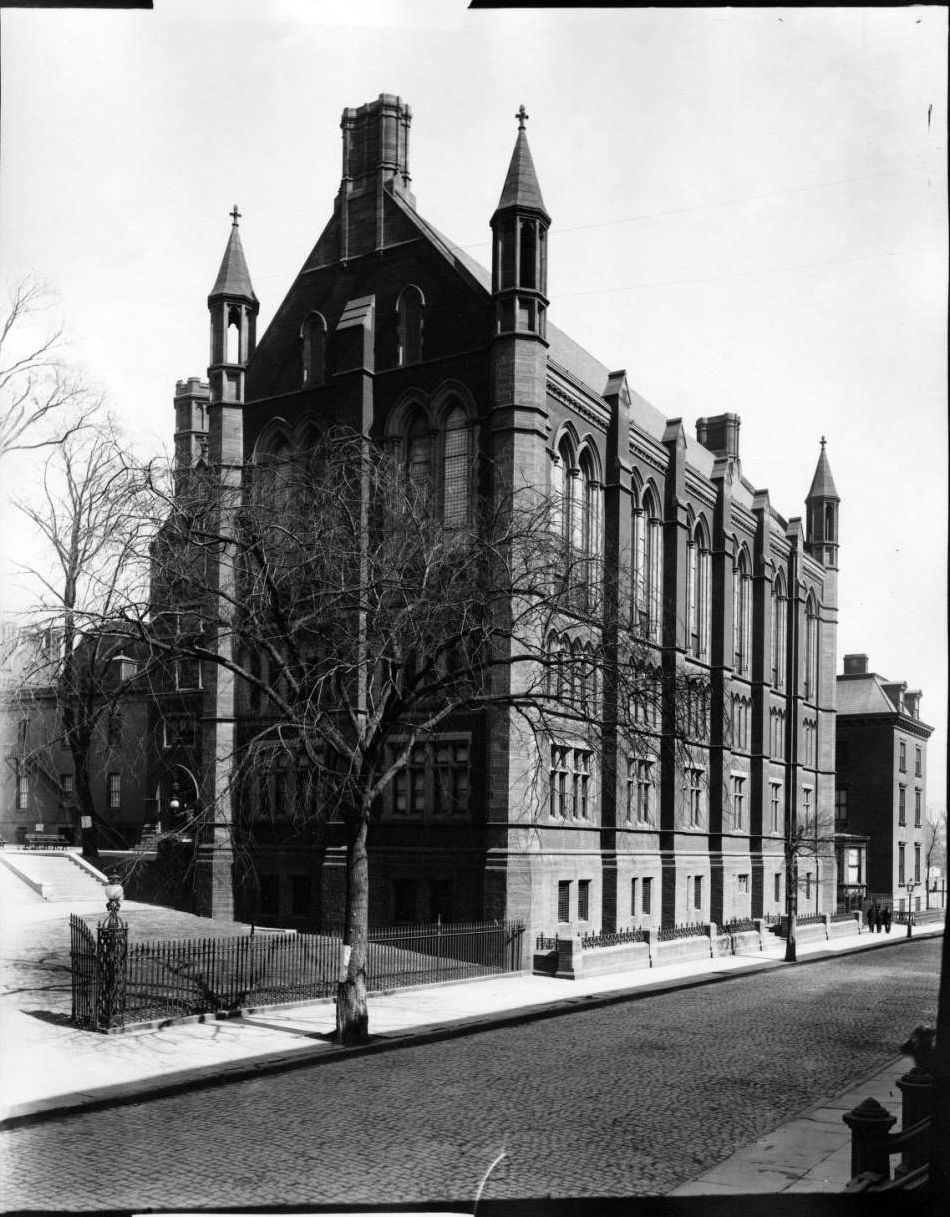
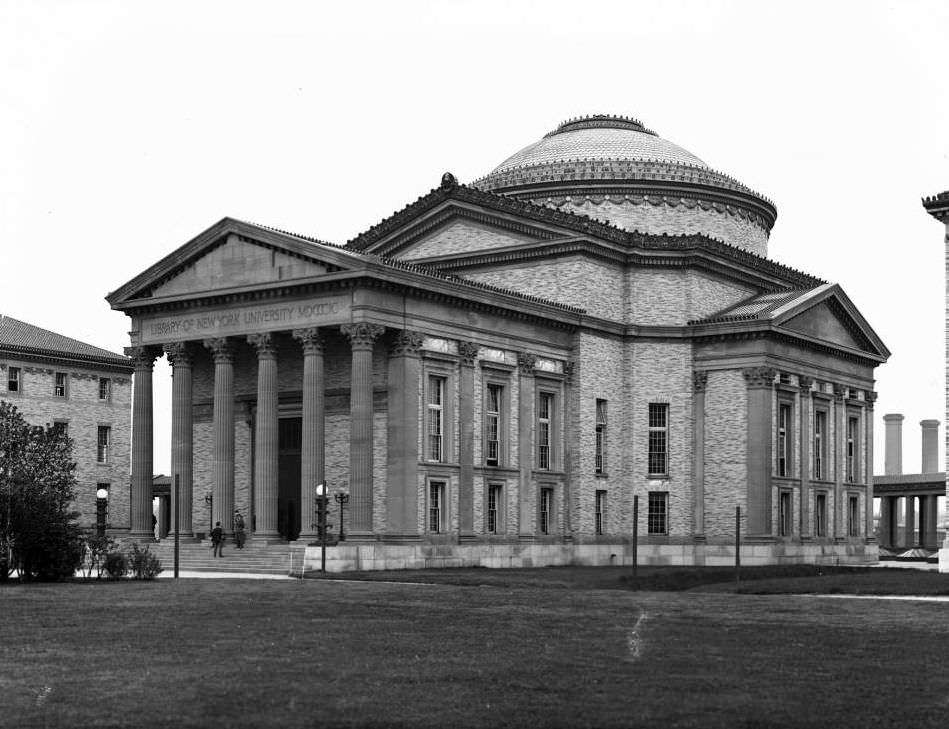

GIPHY App Key not set. Please check settings